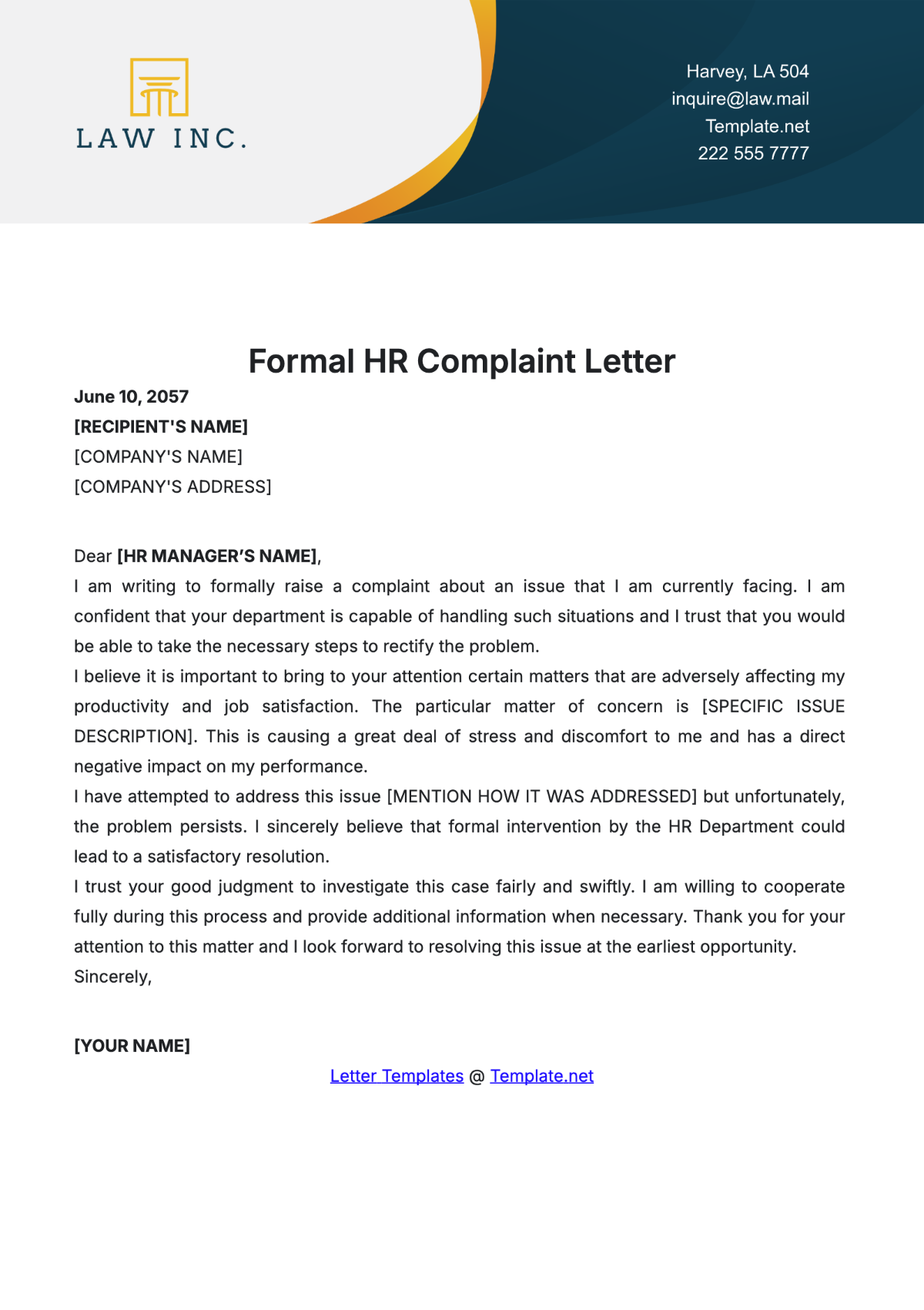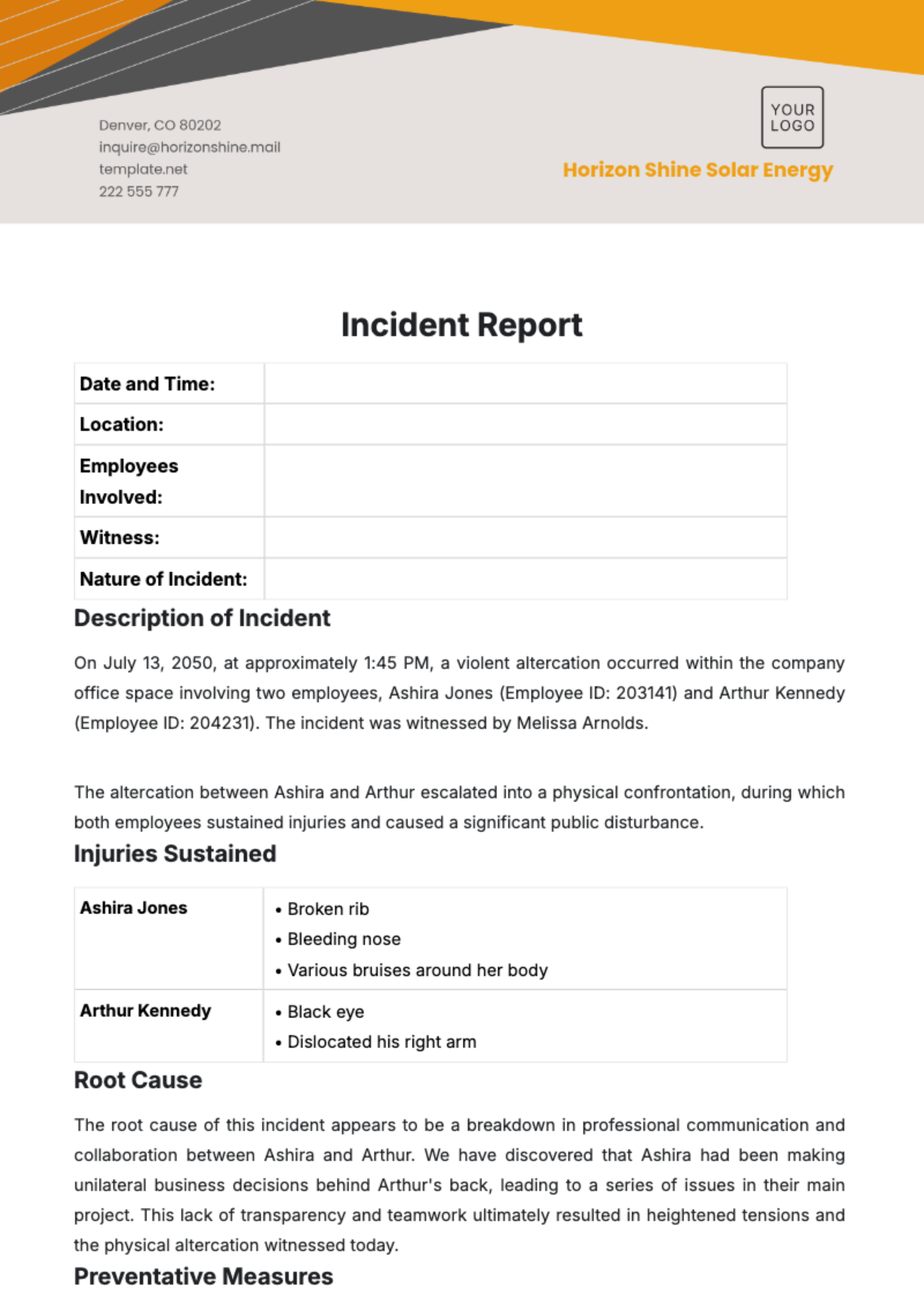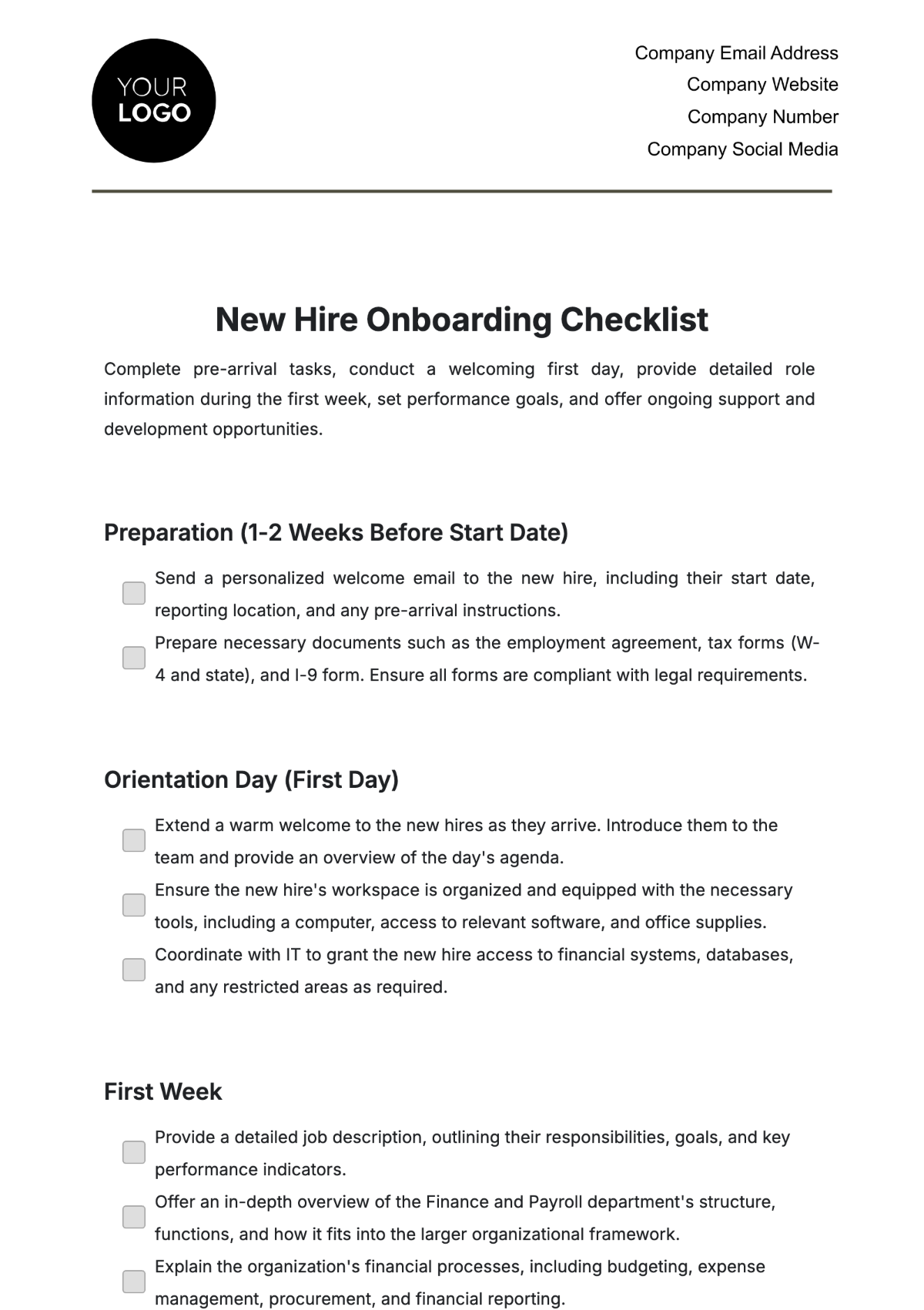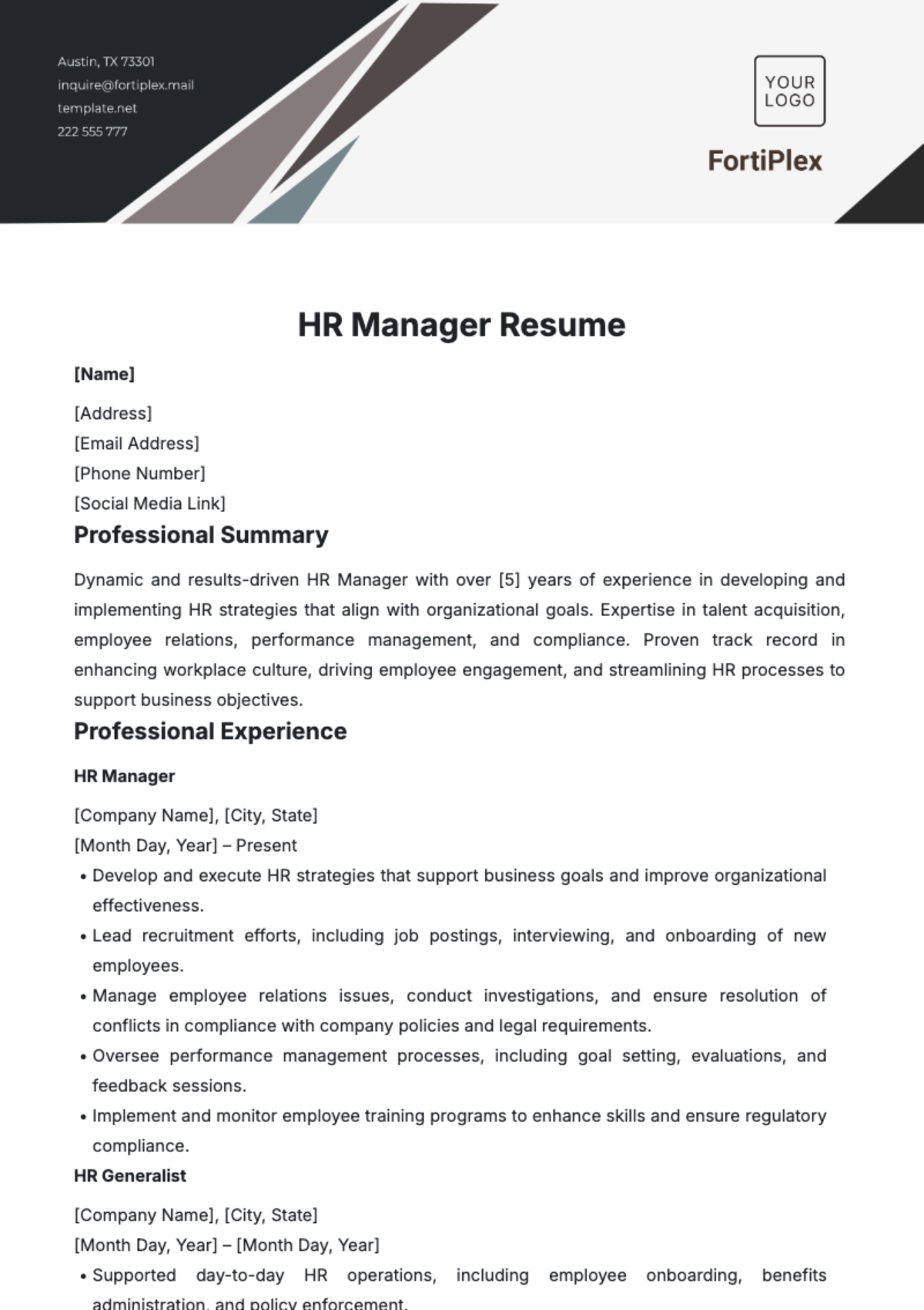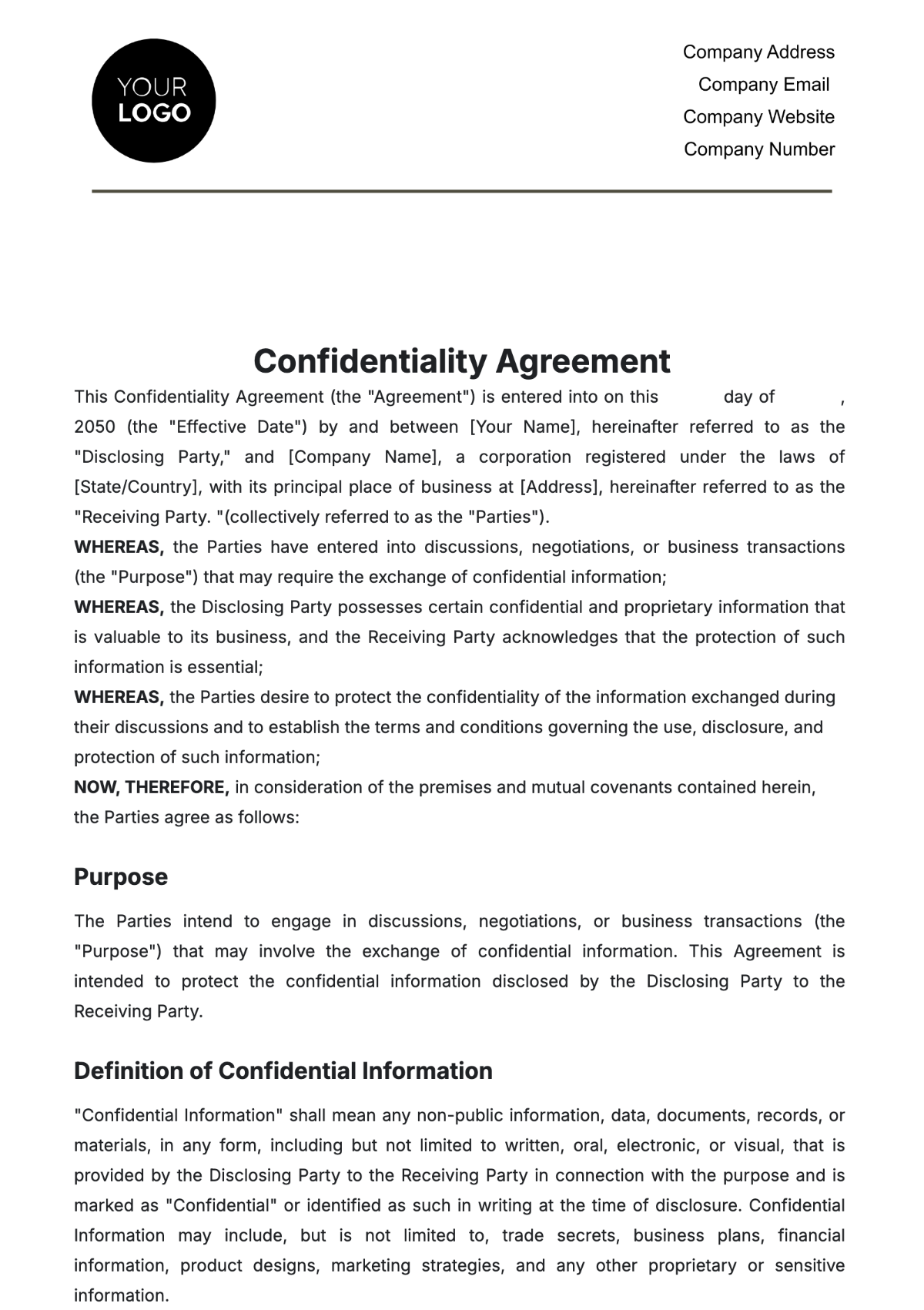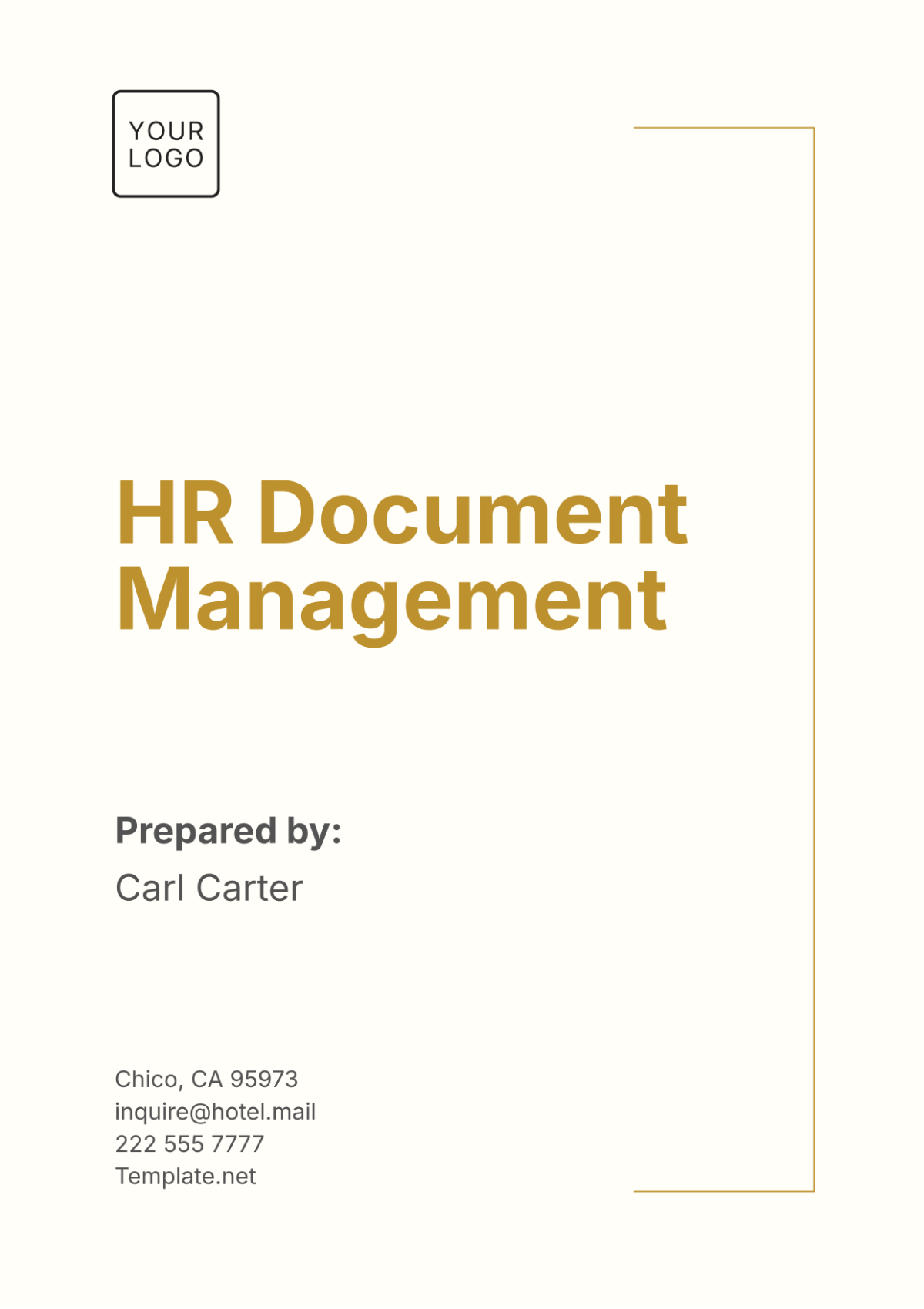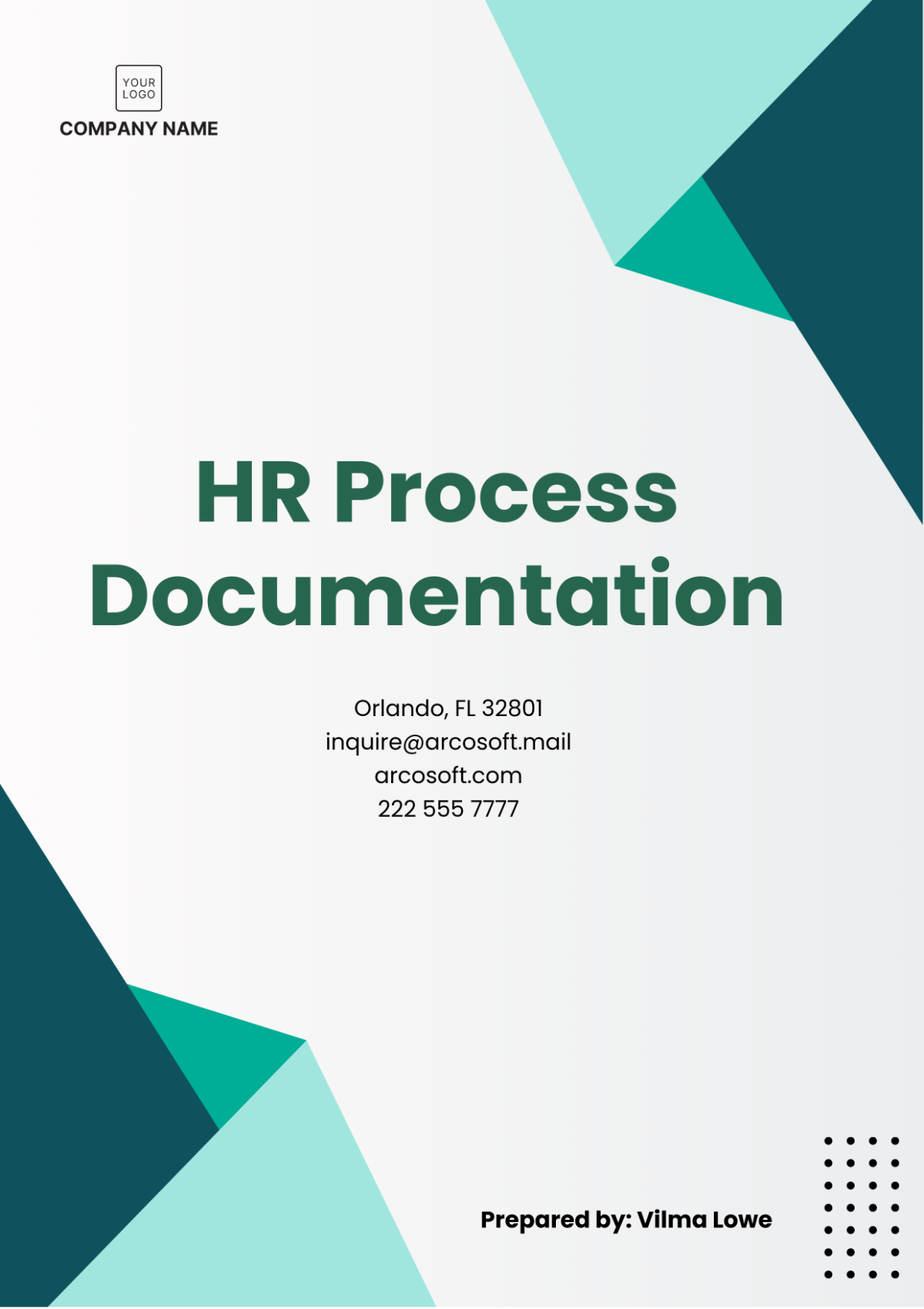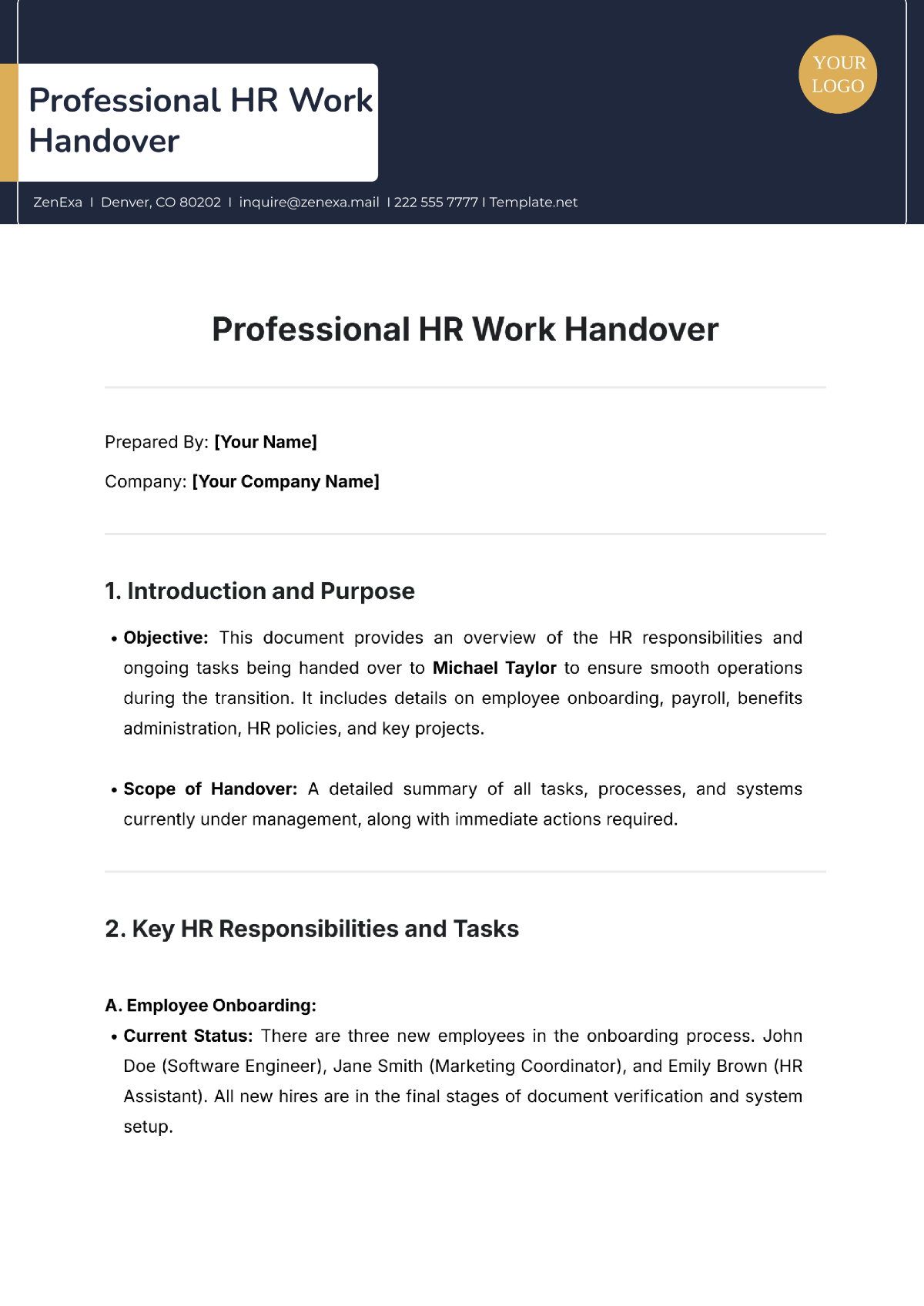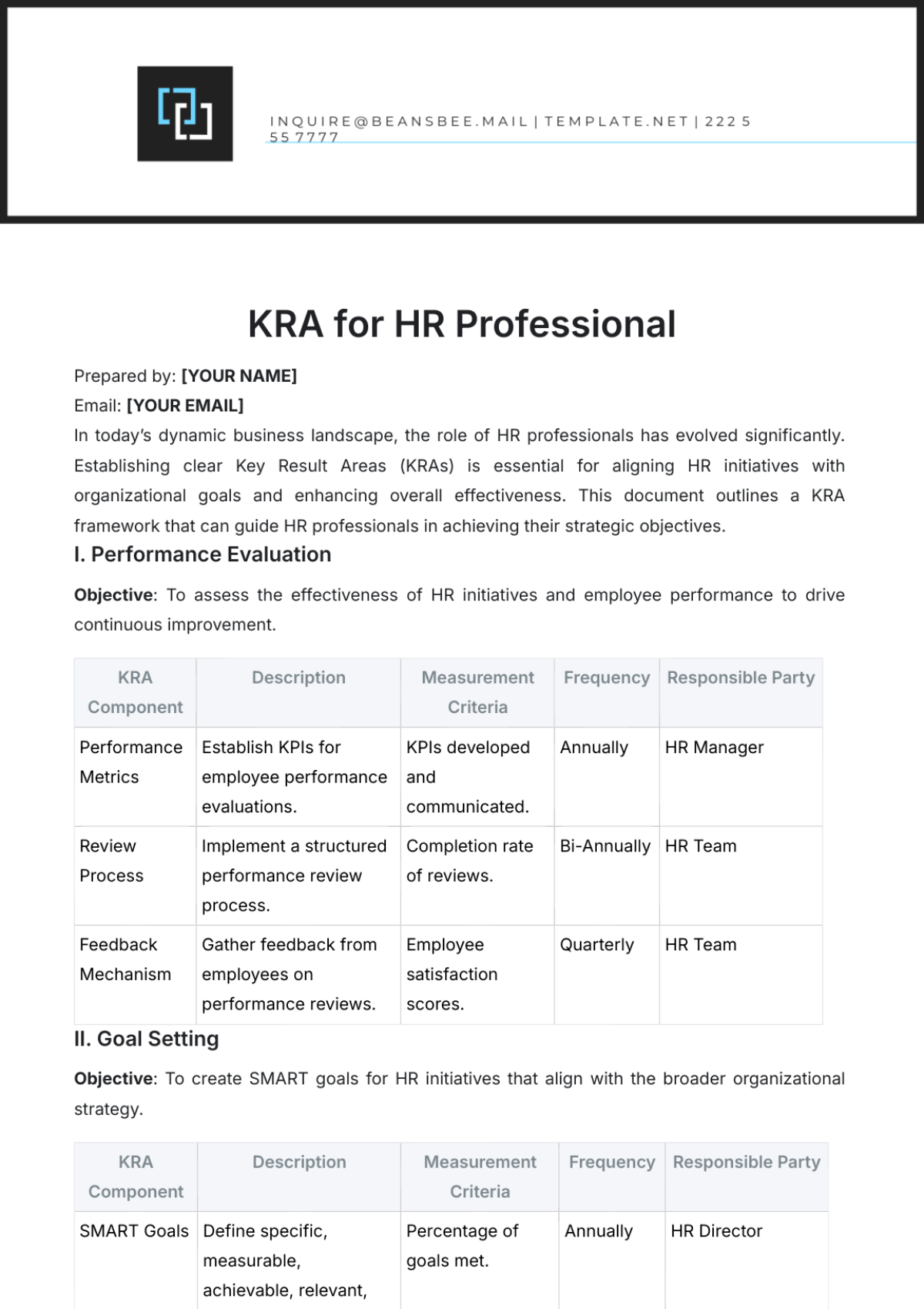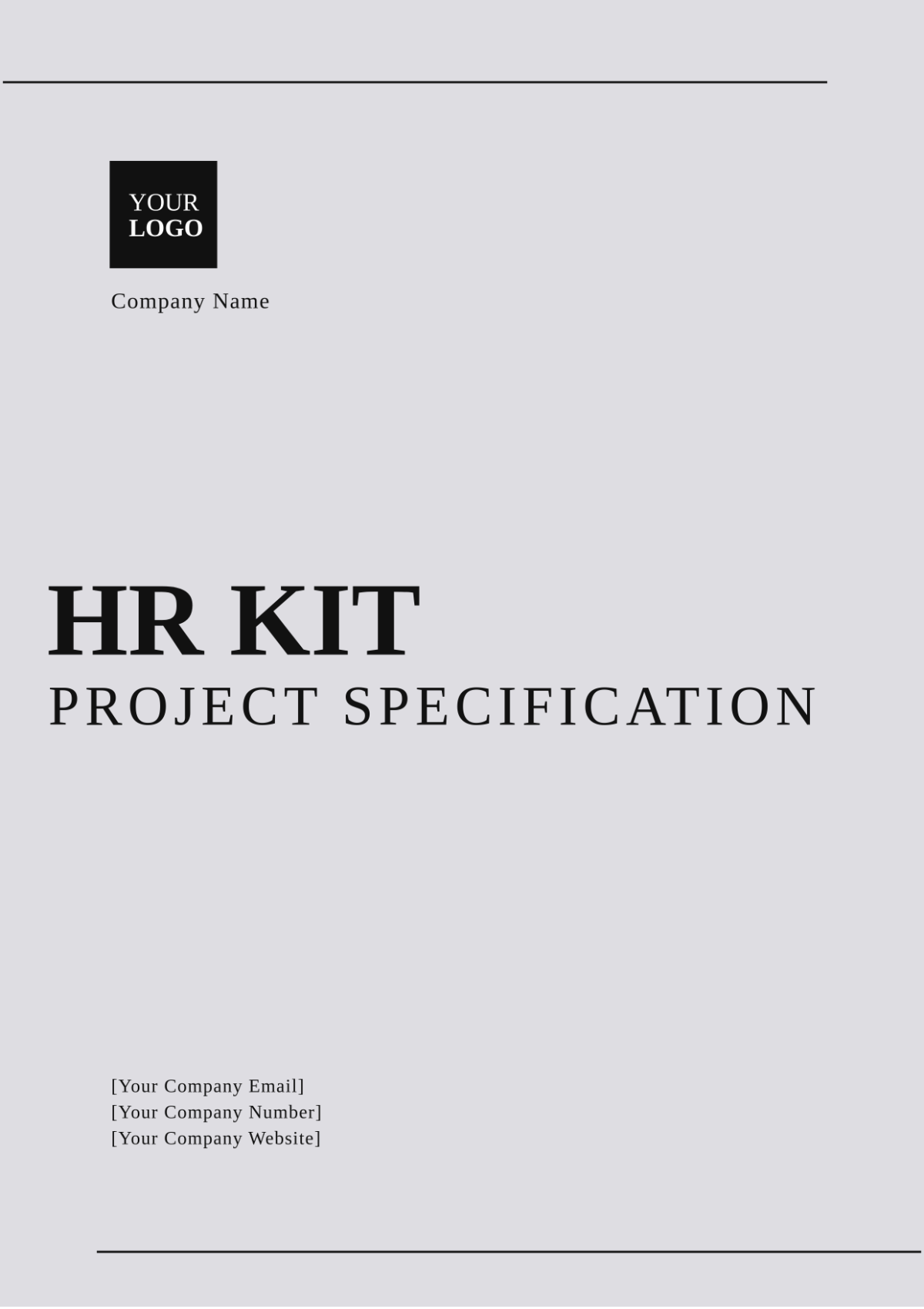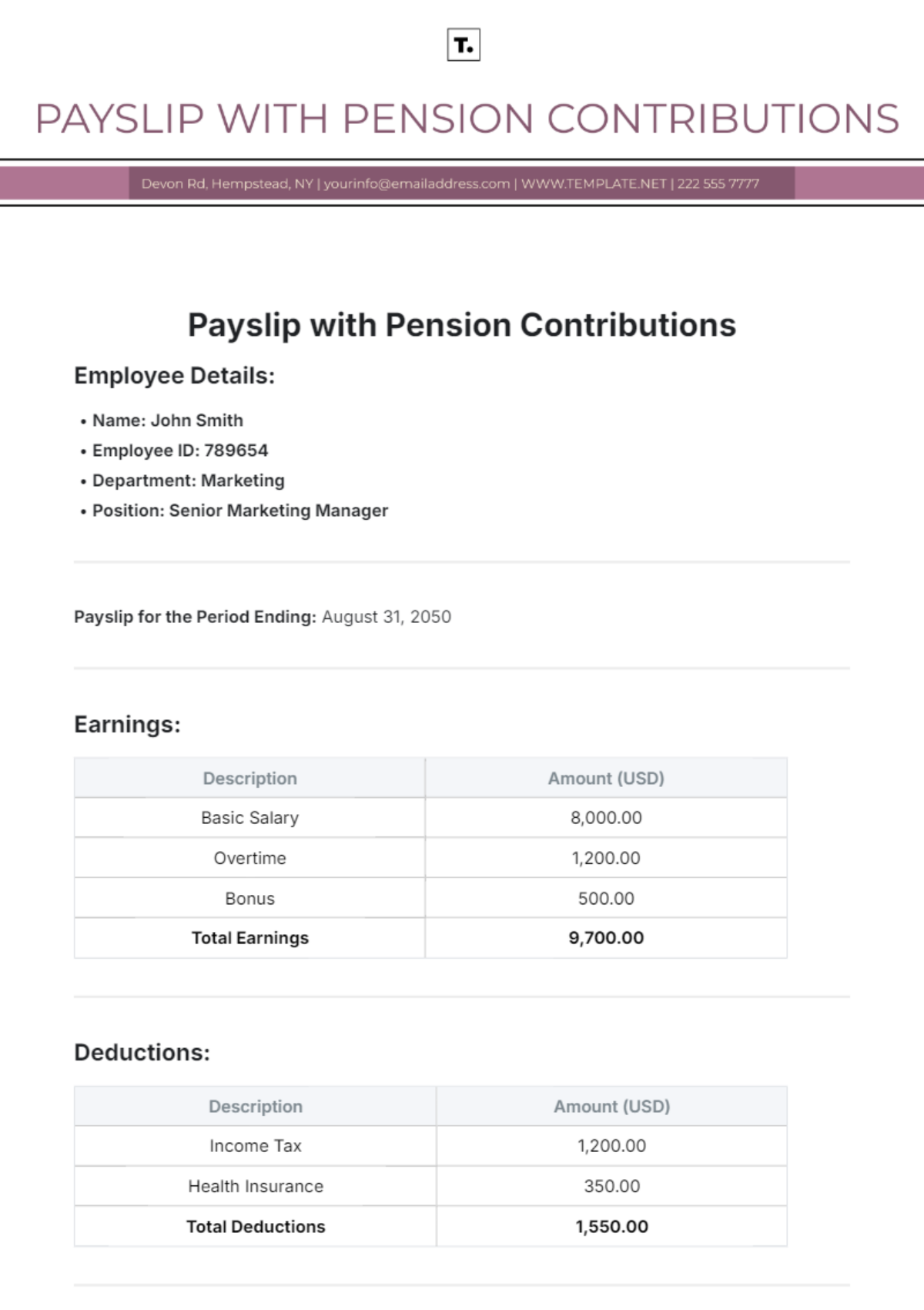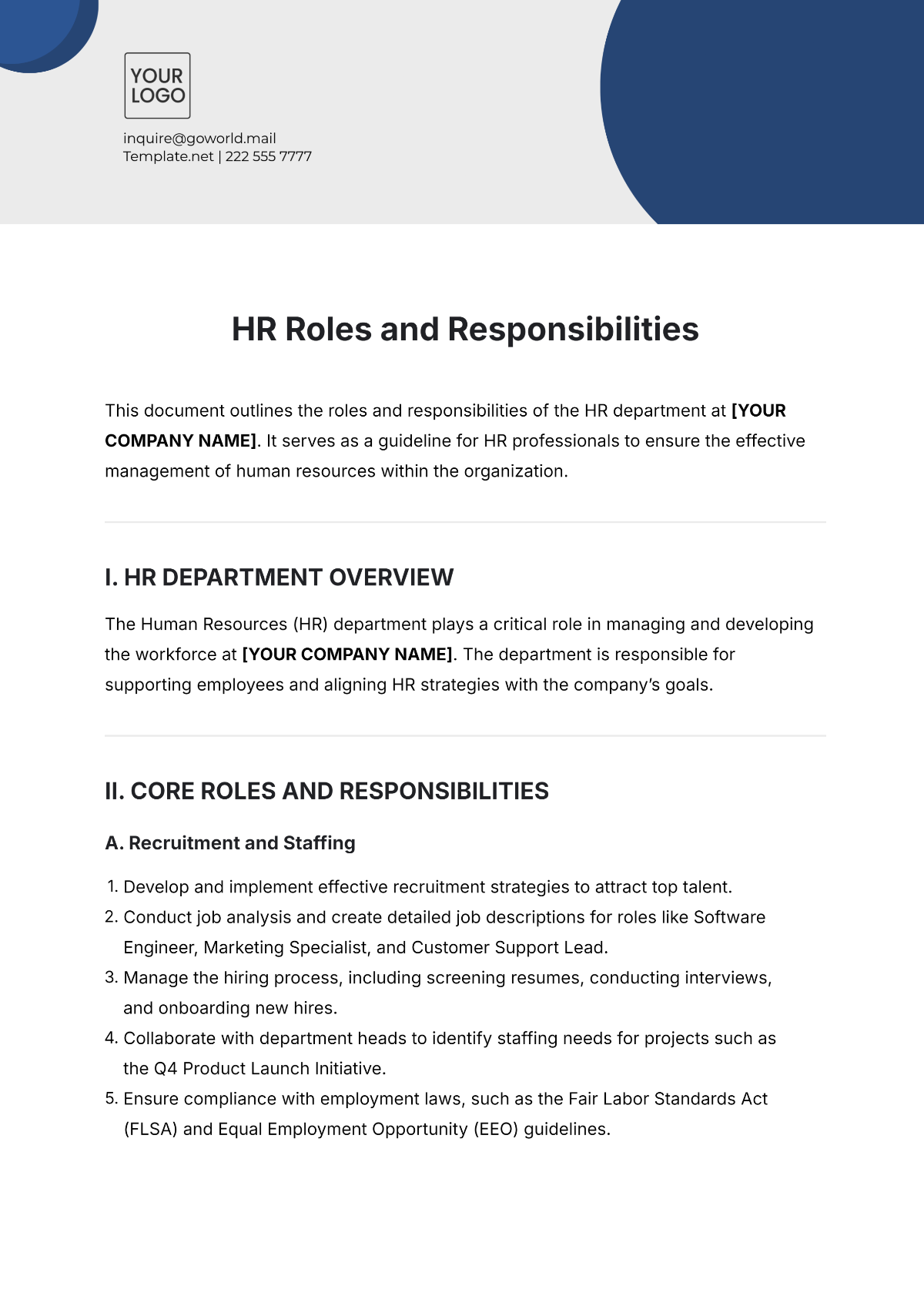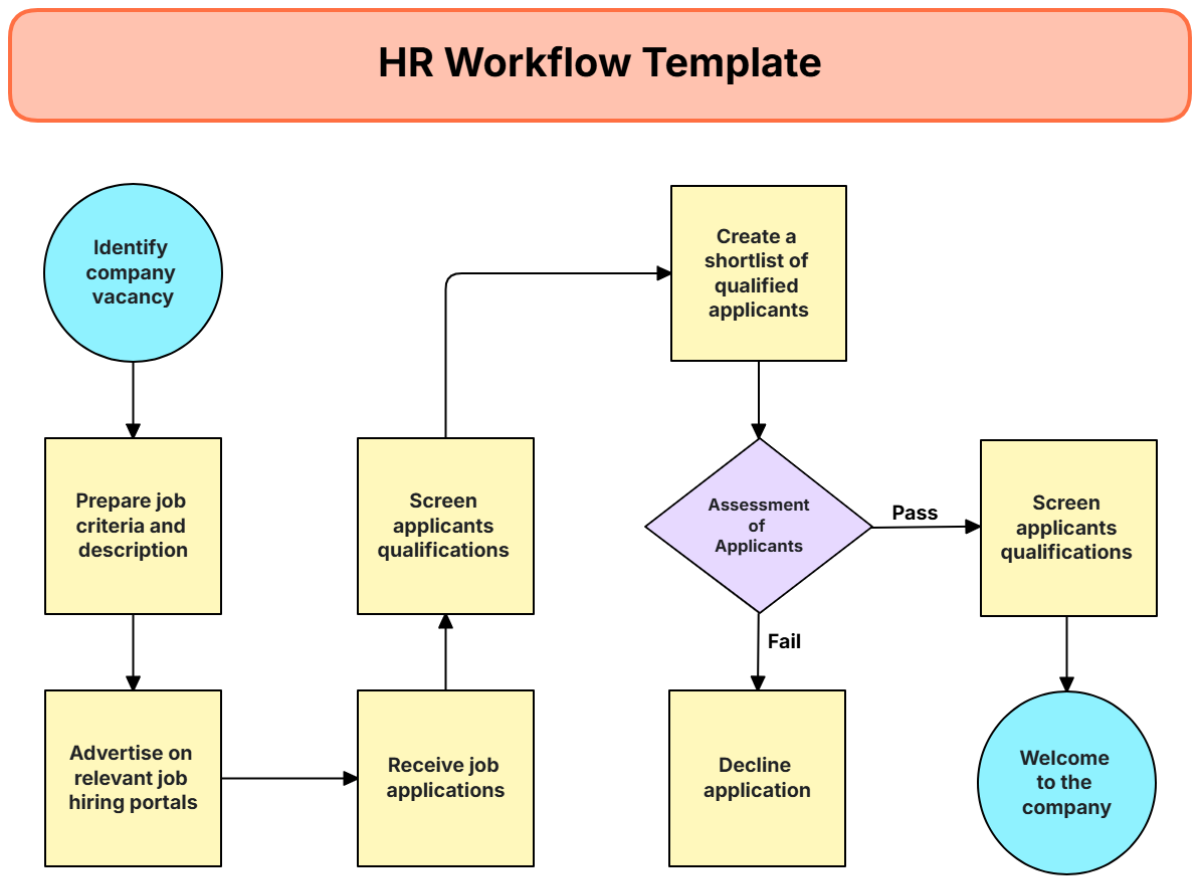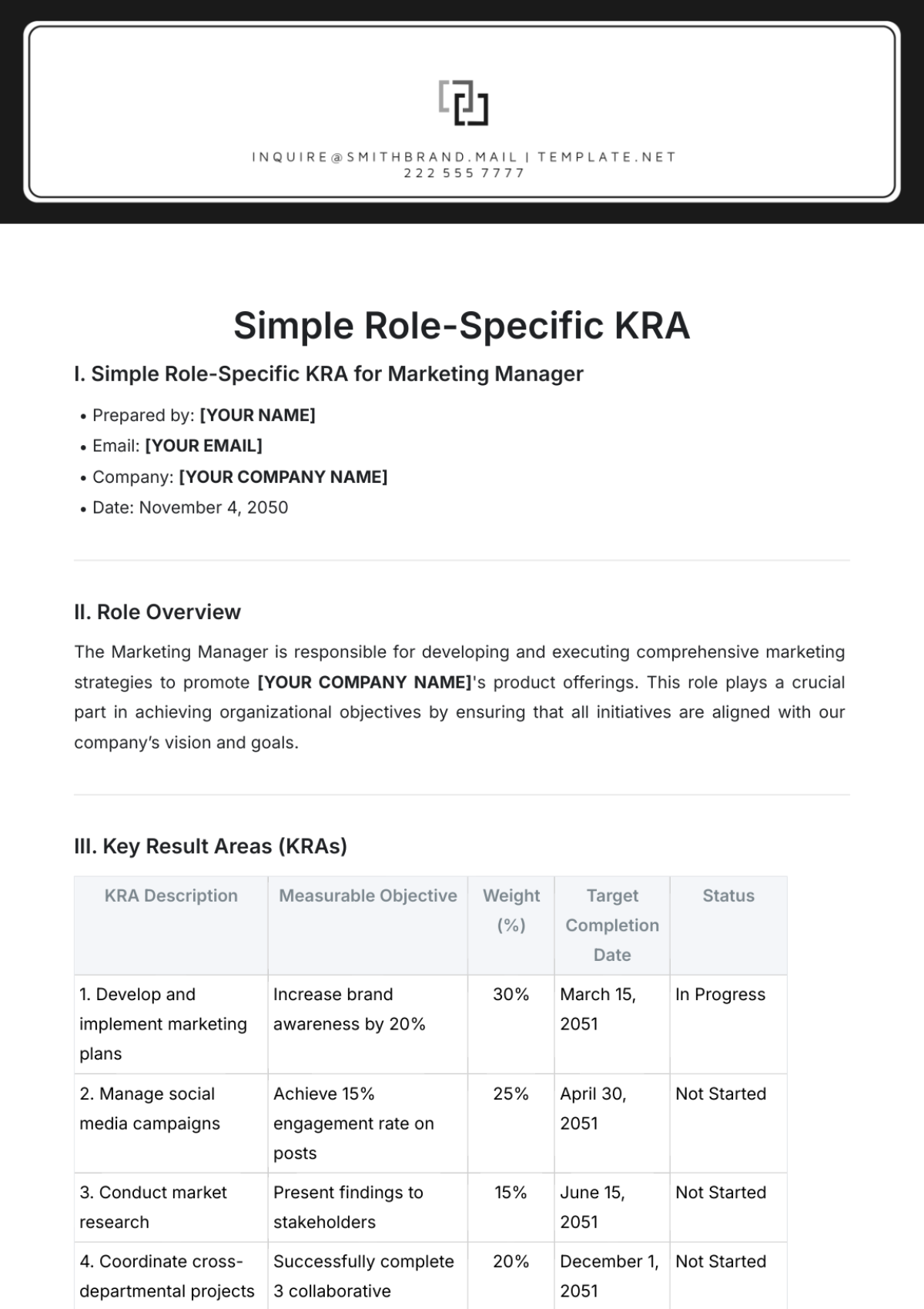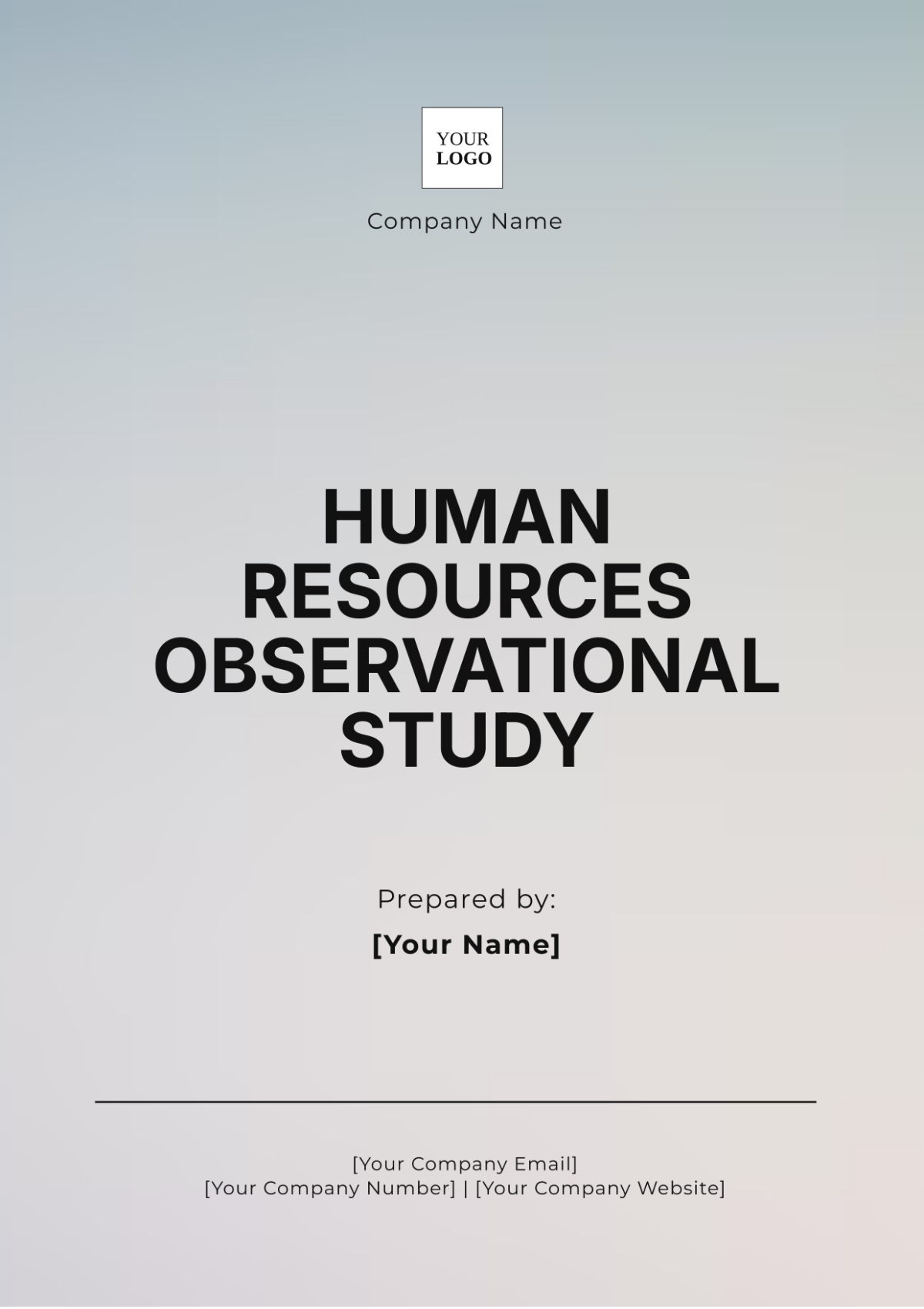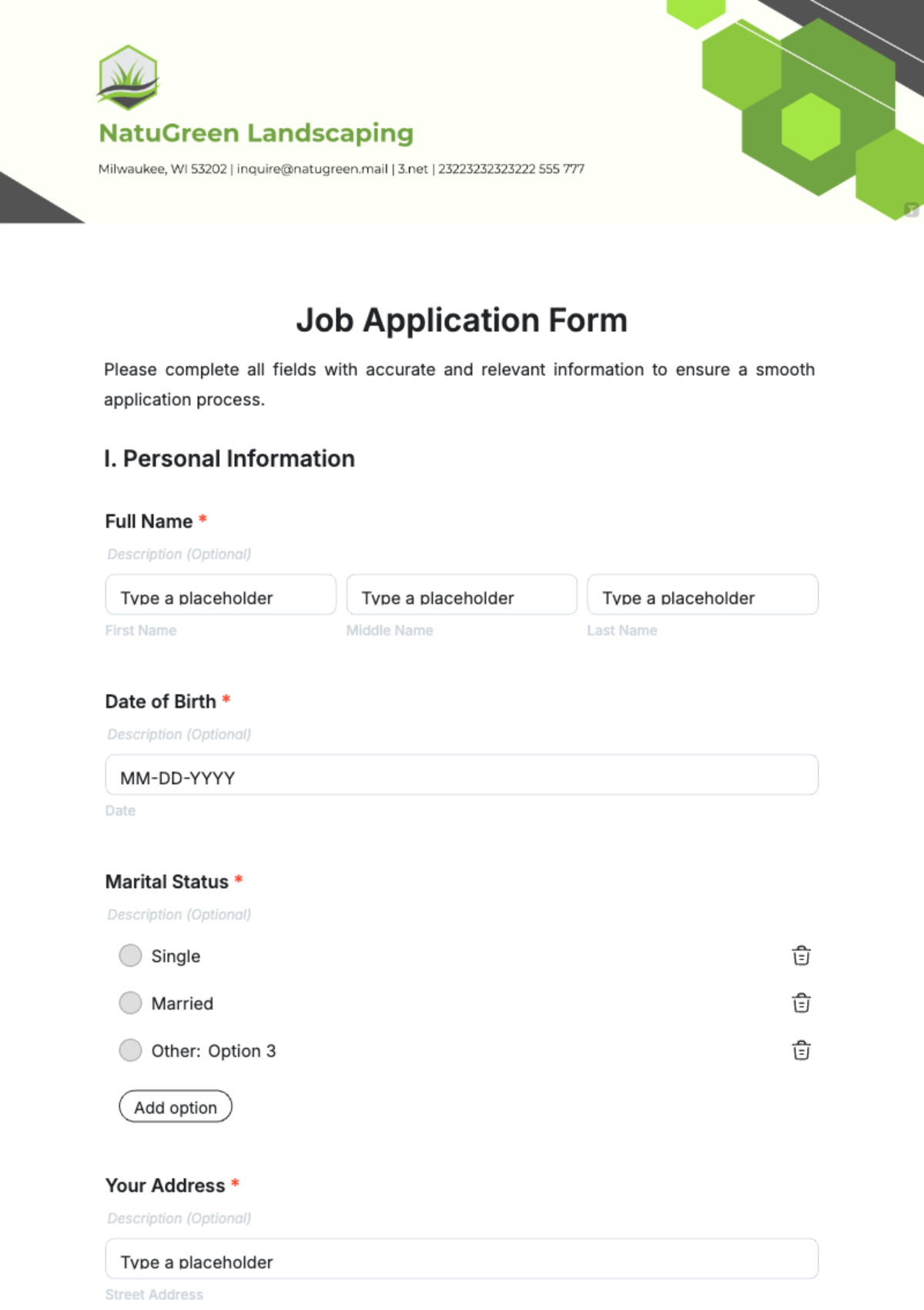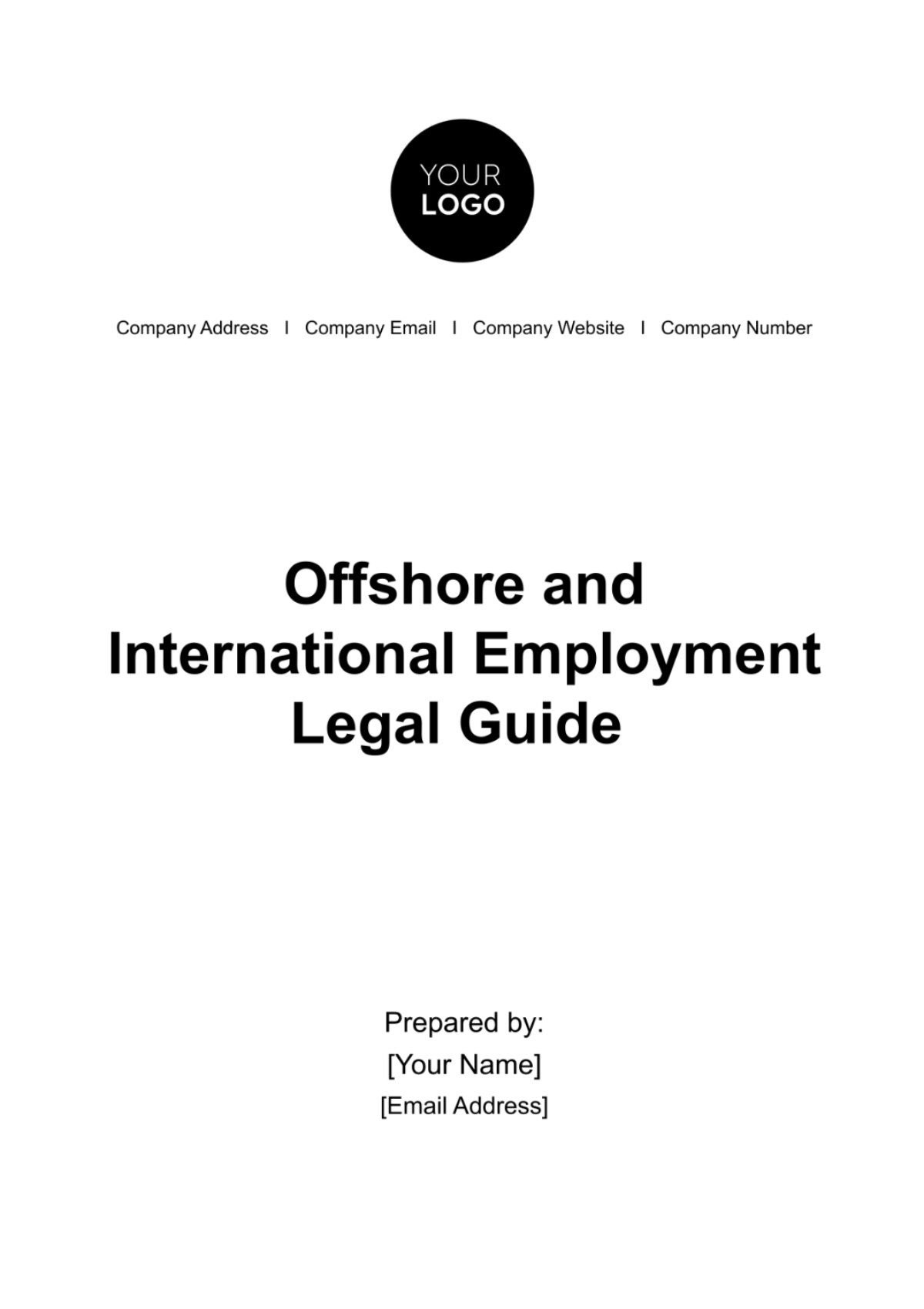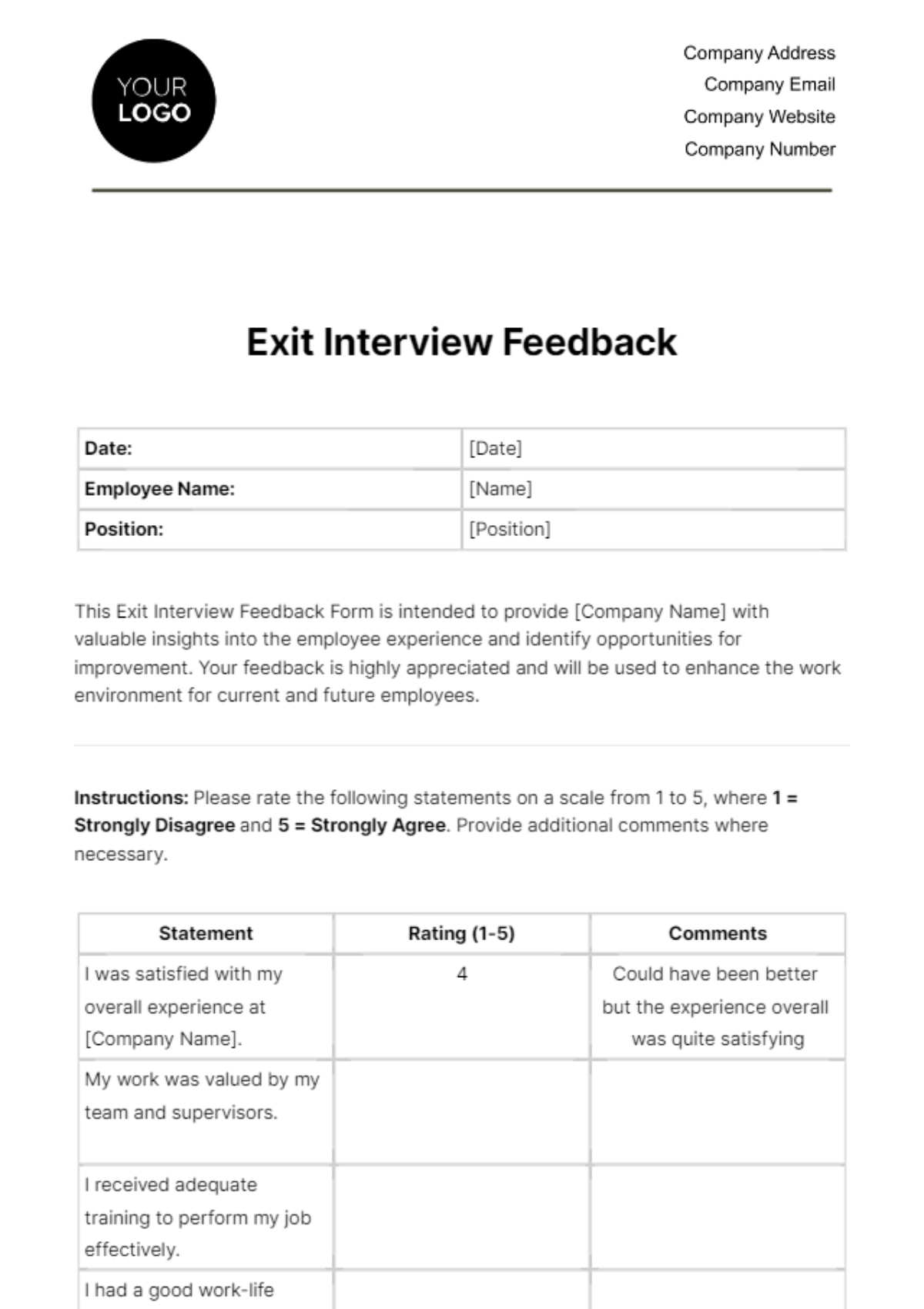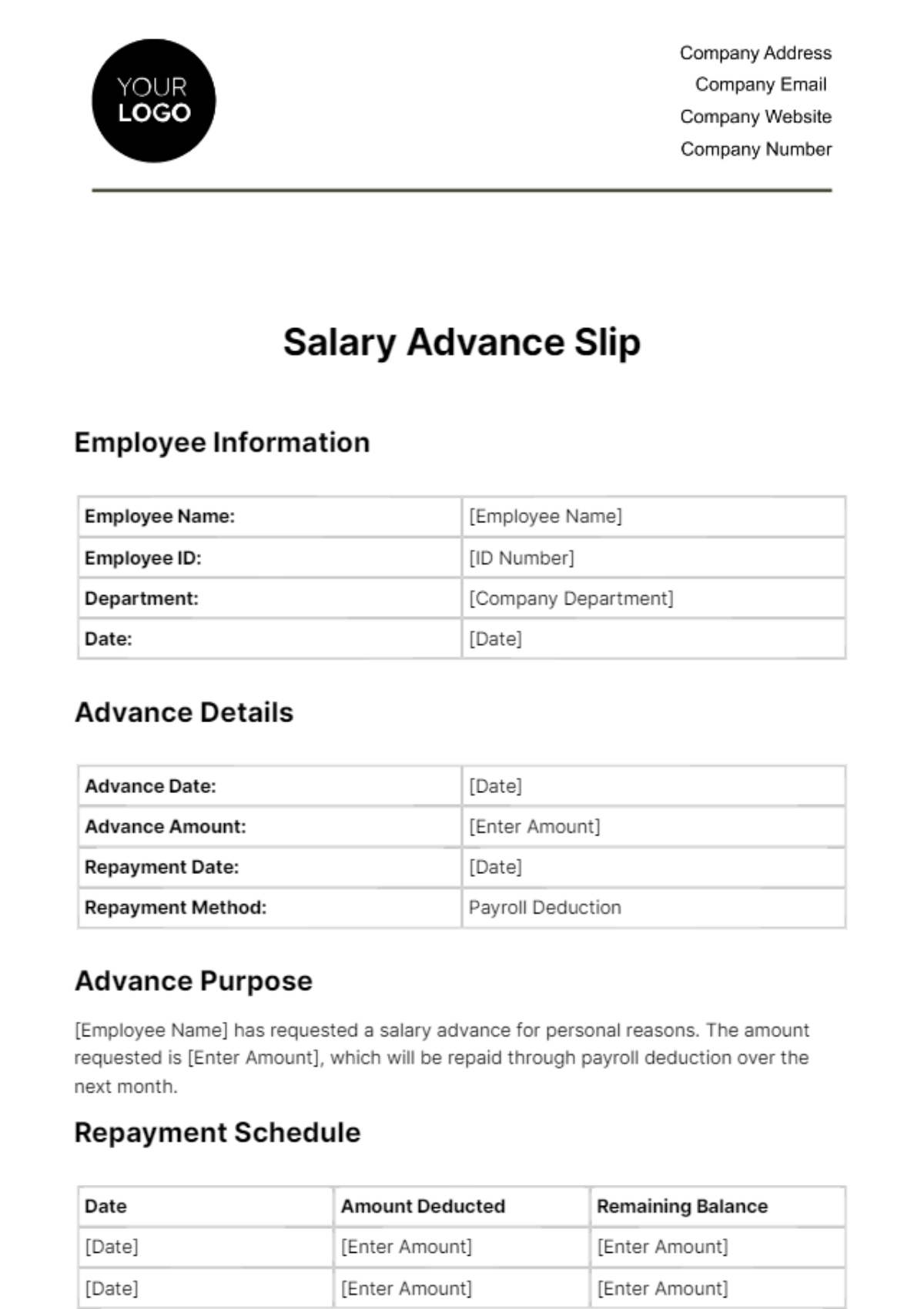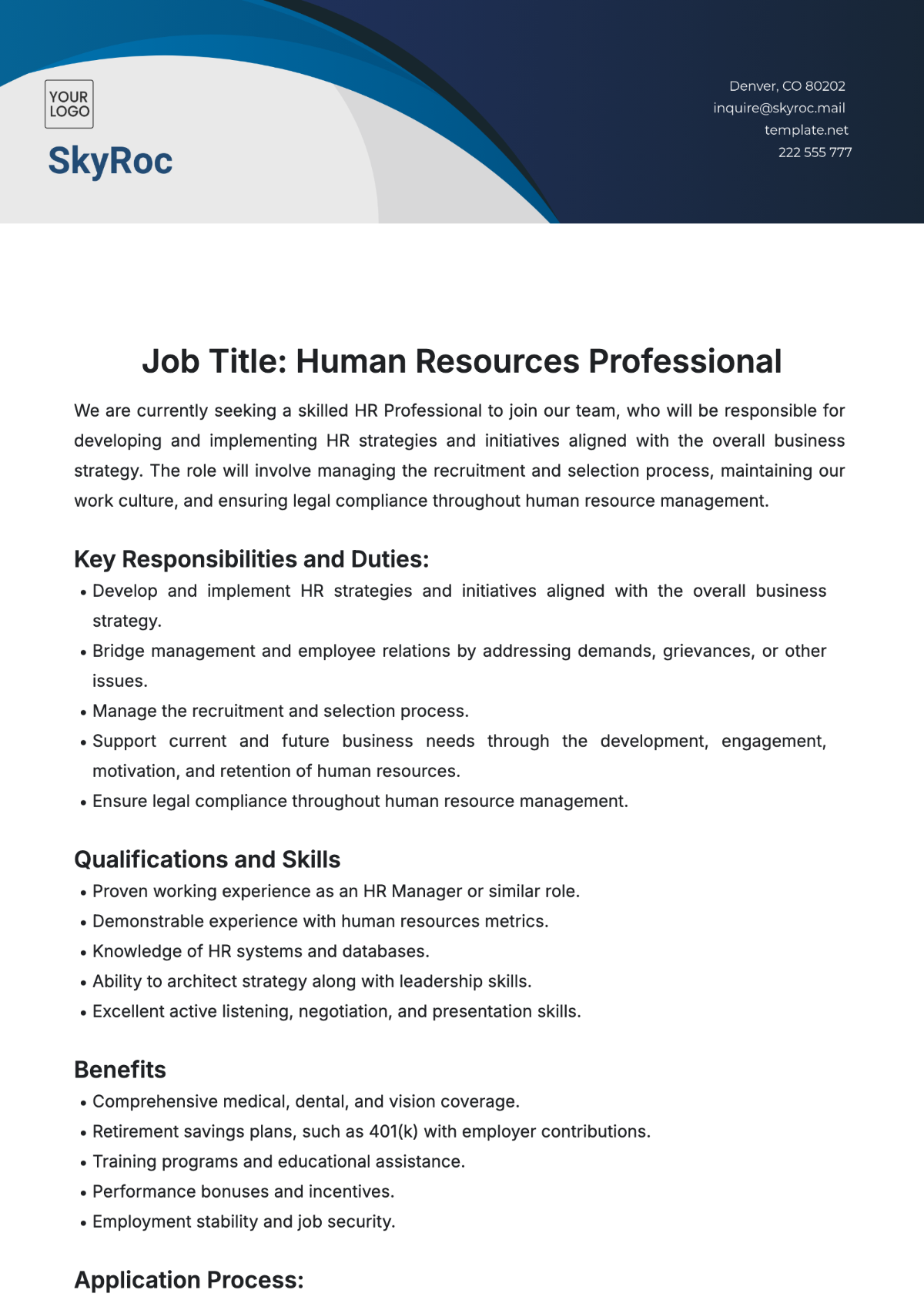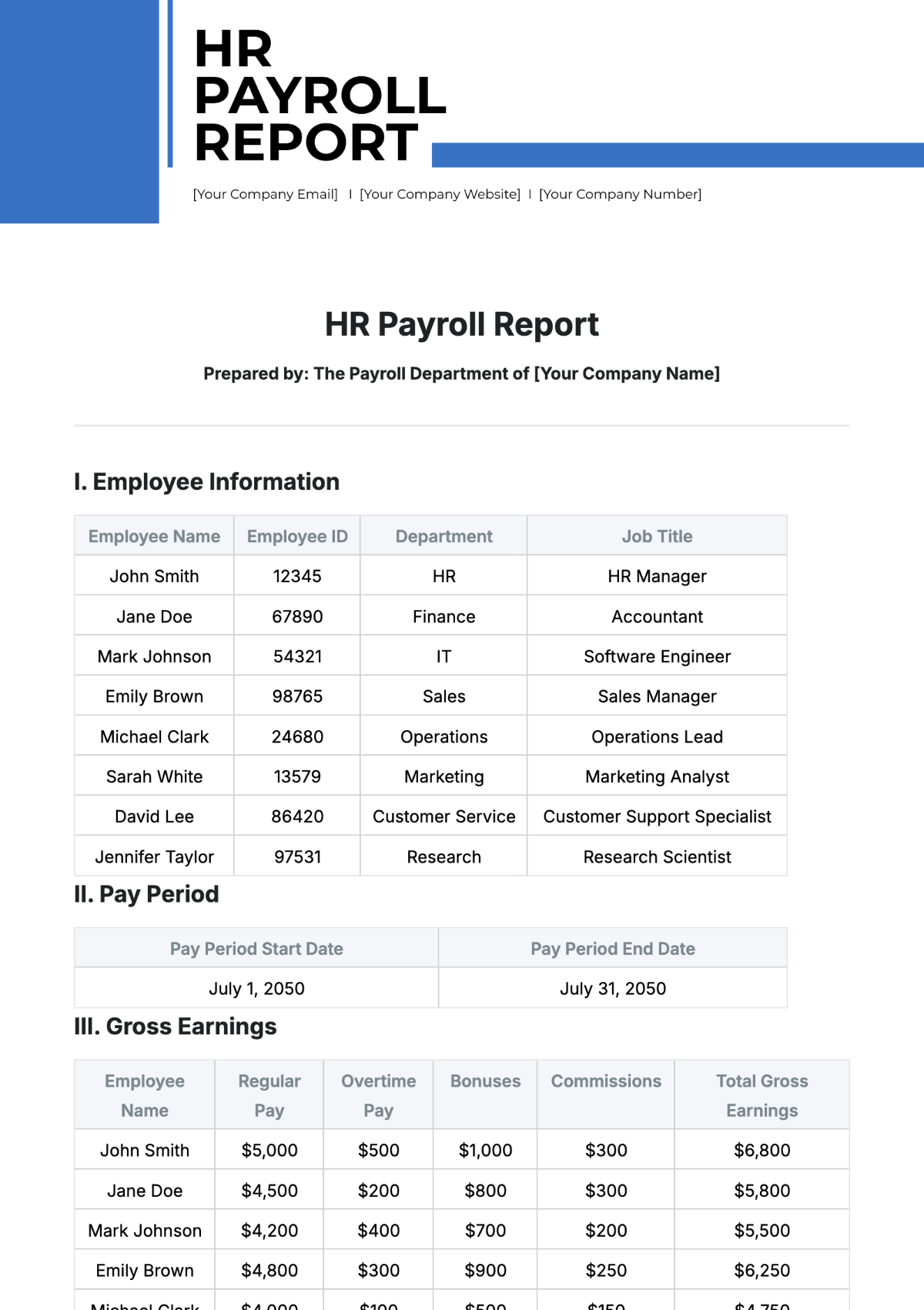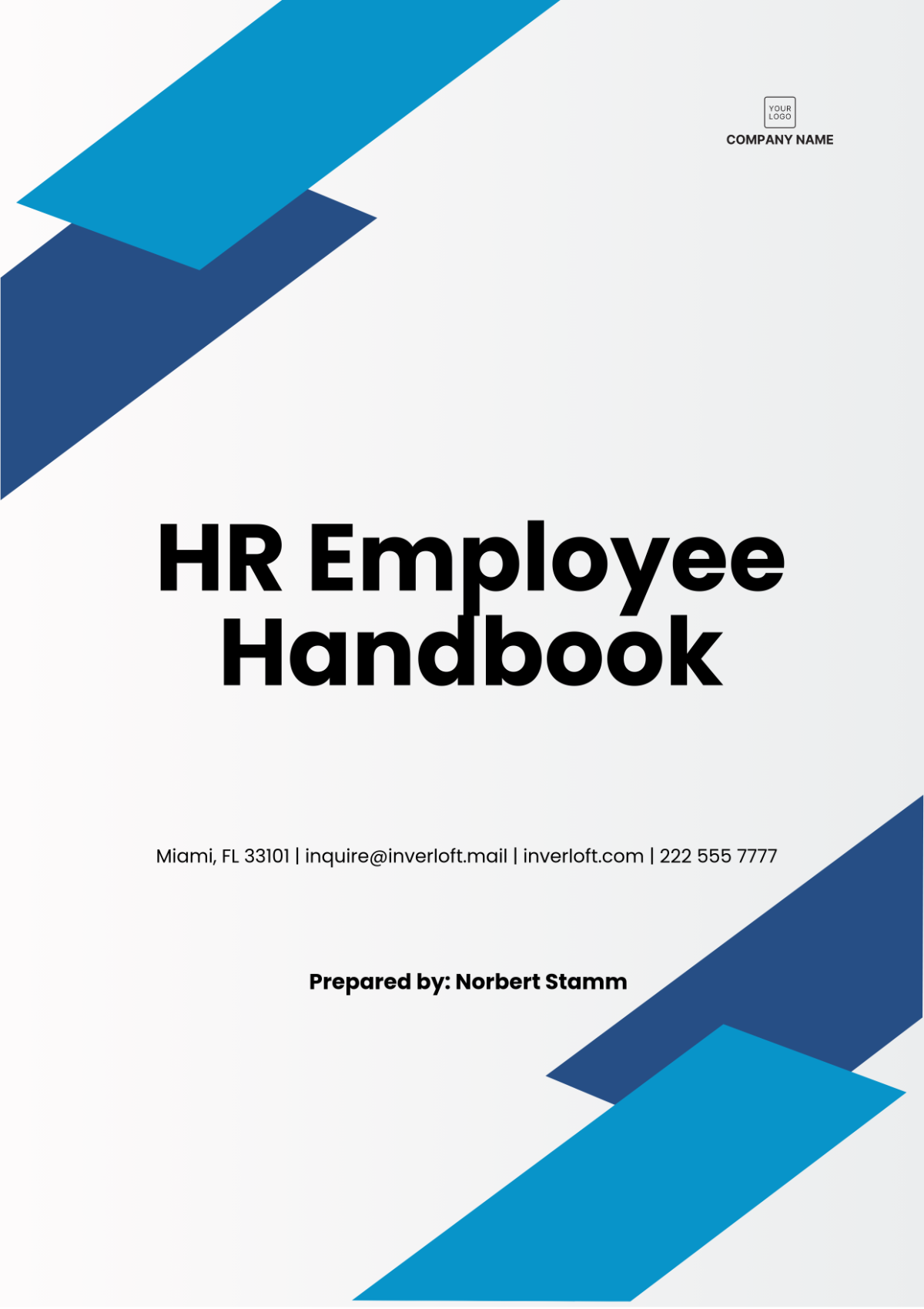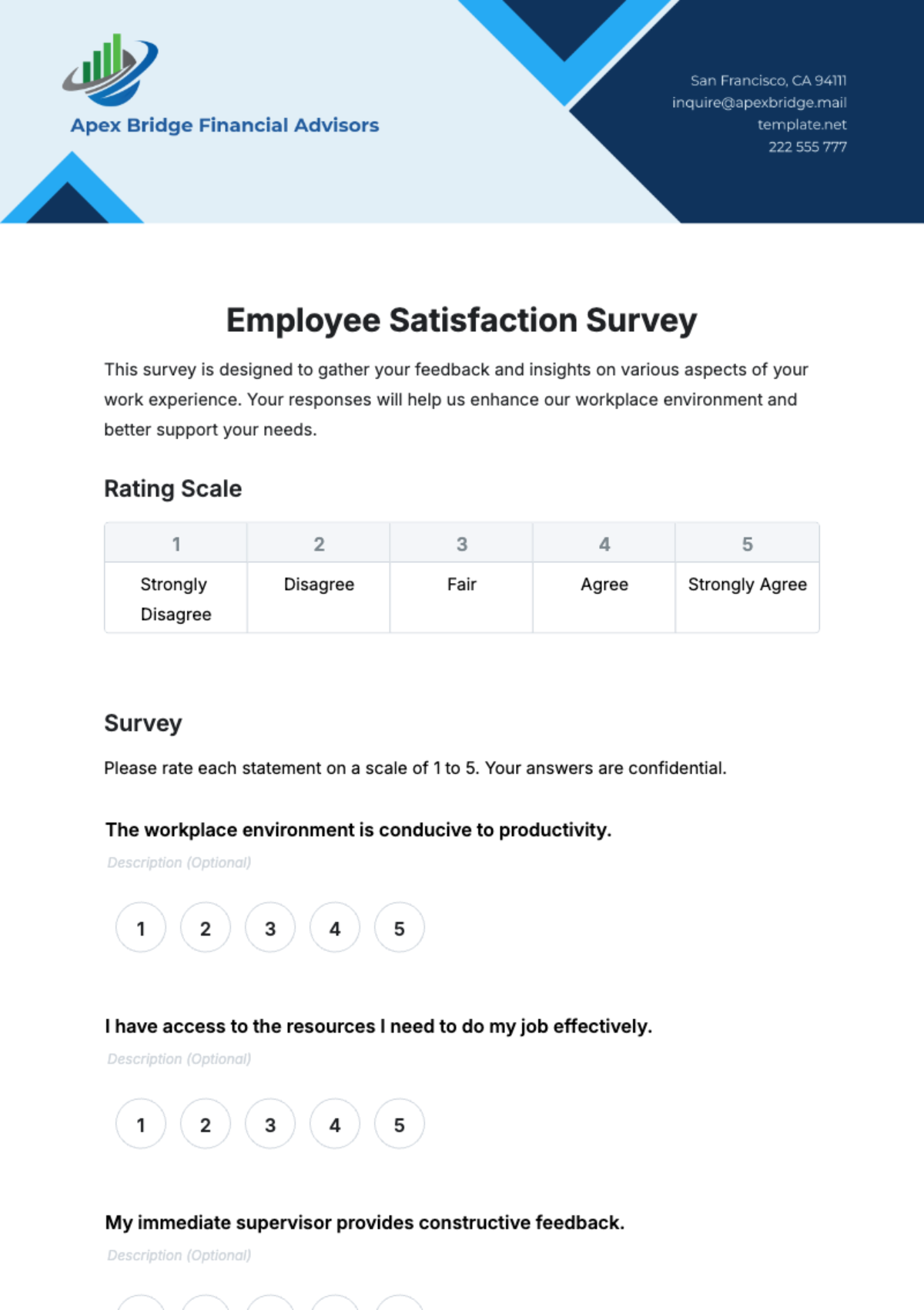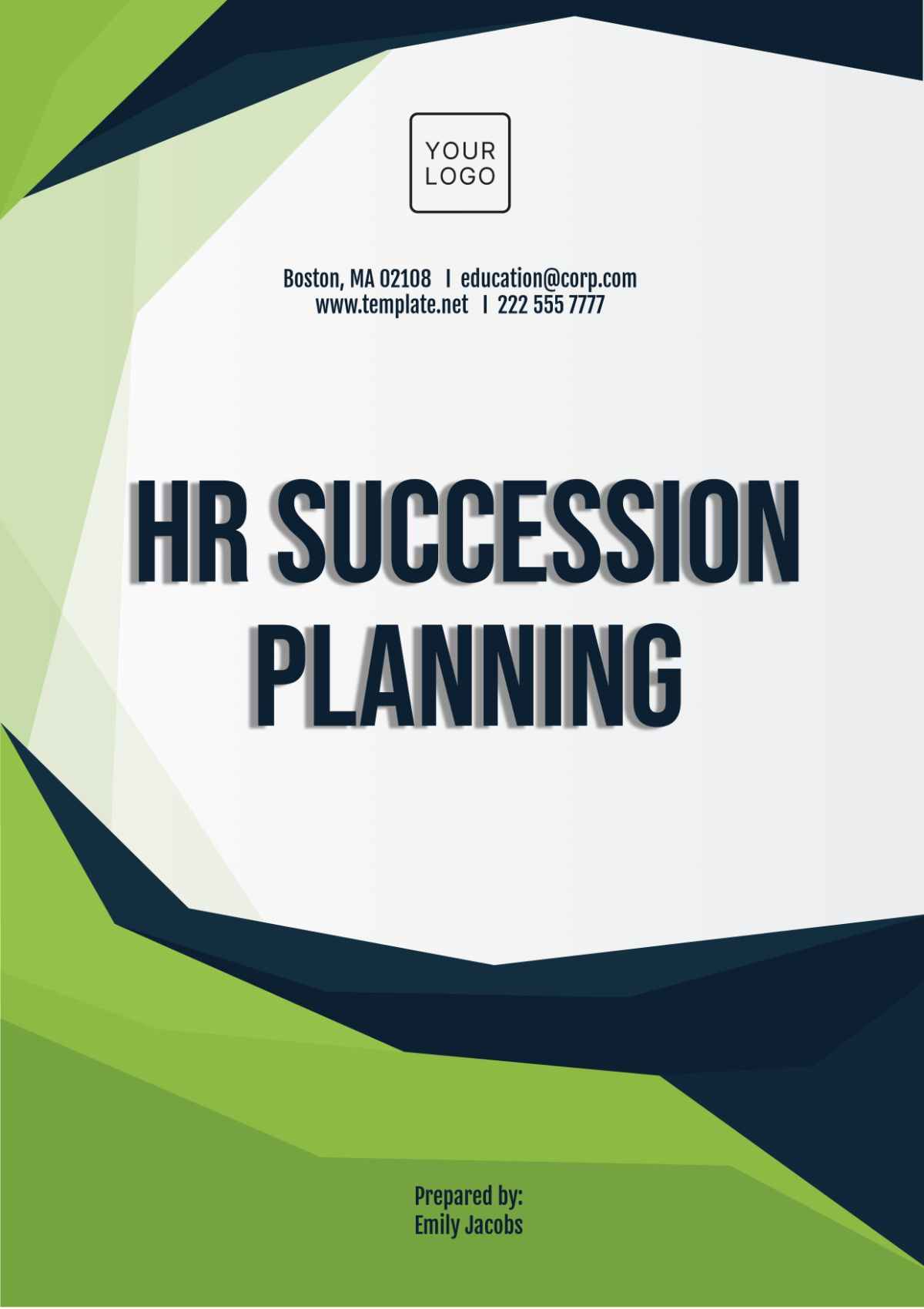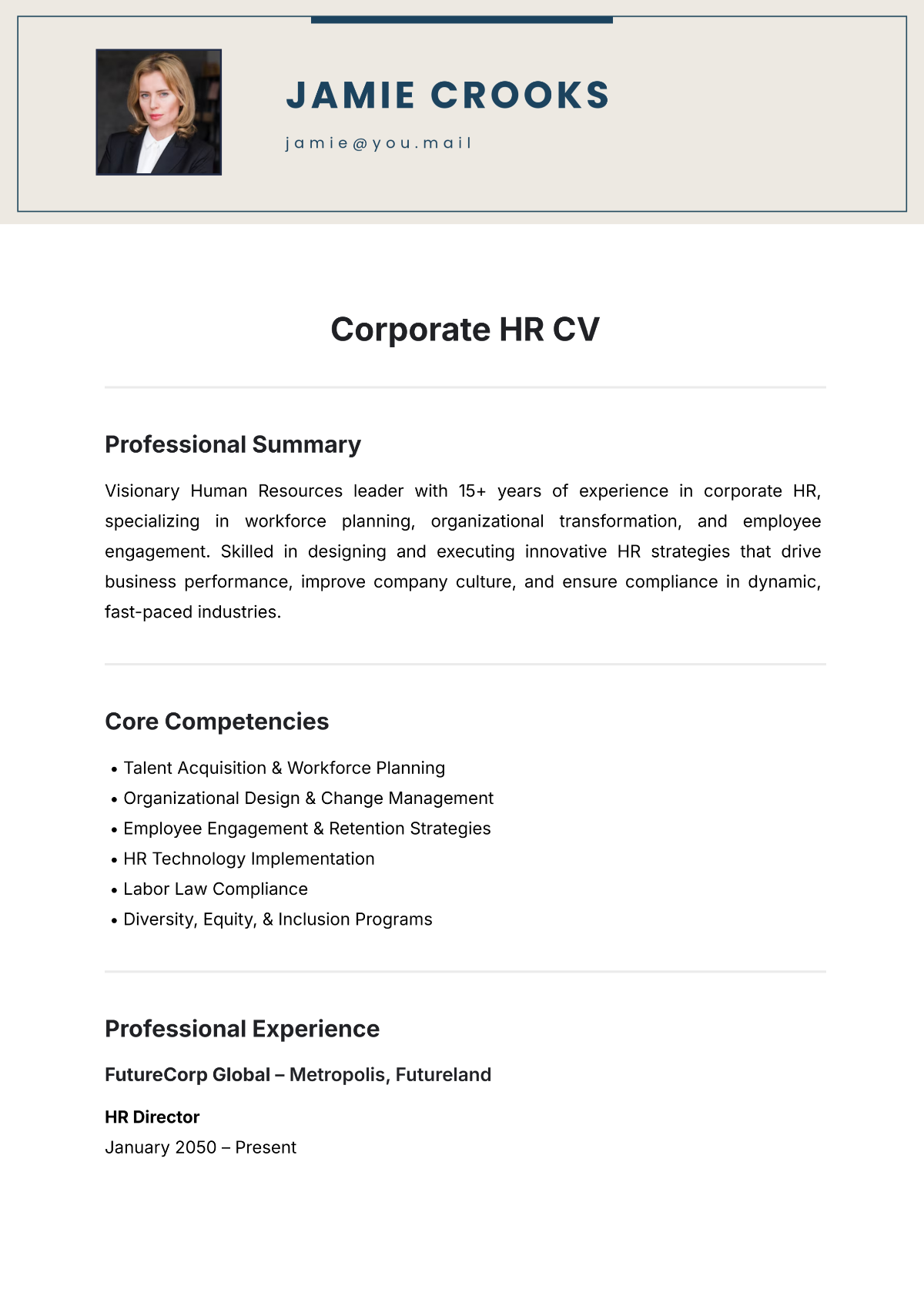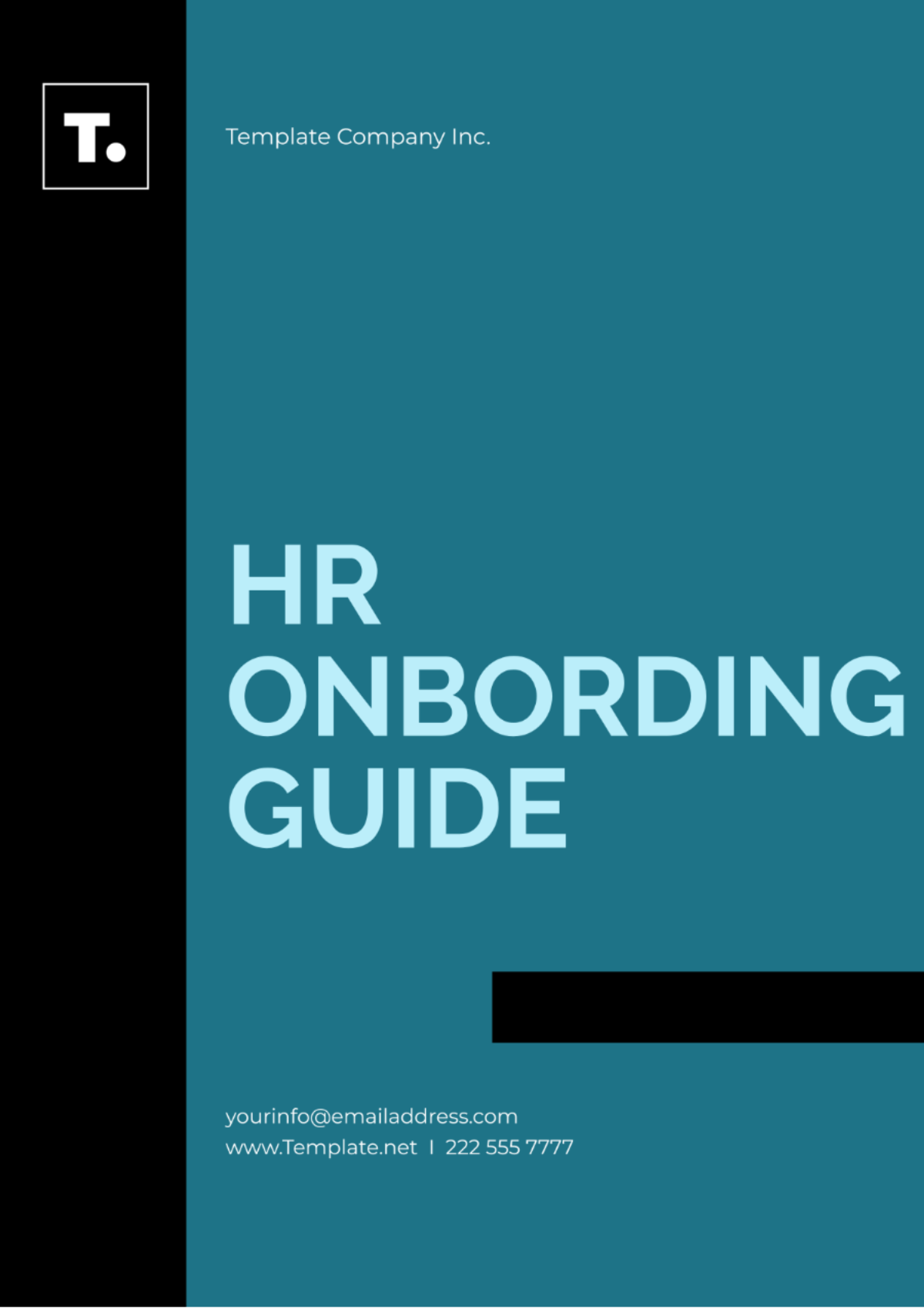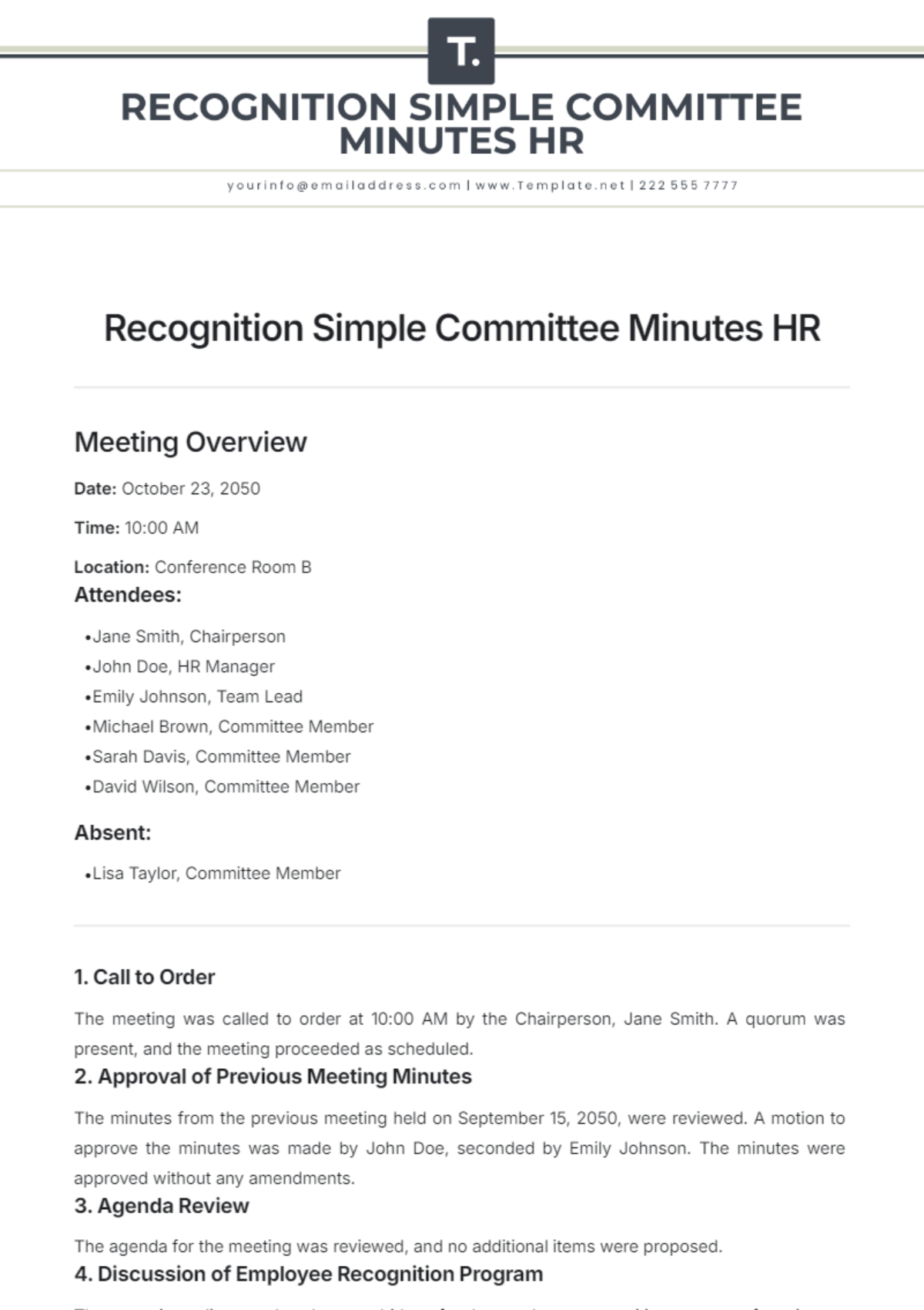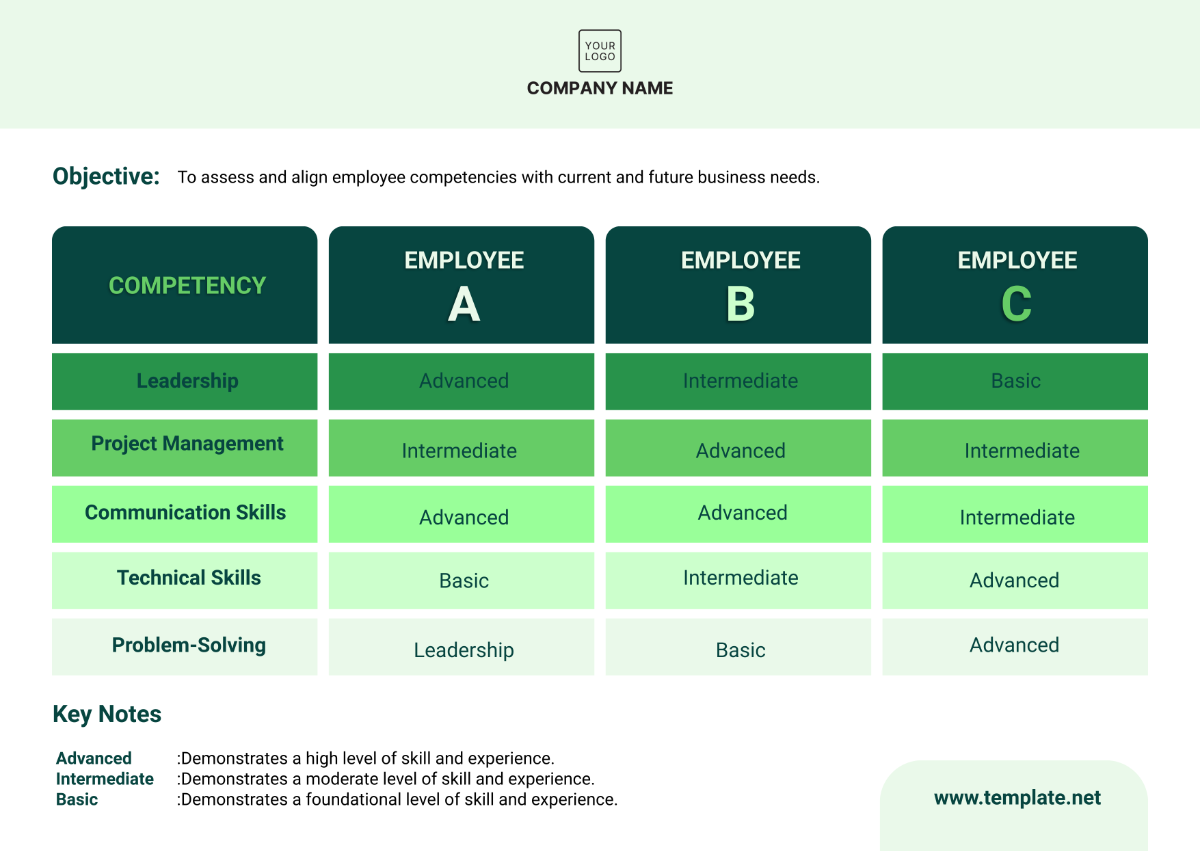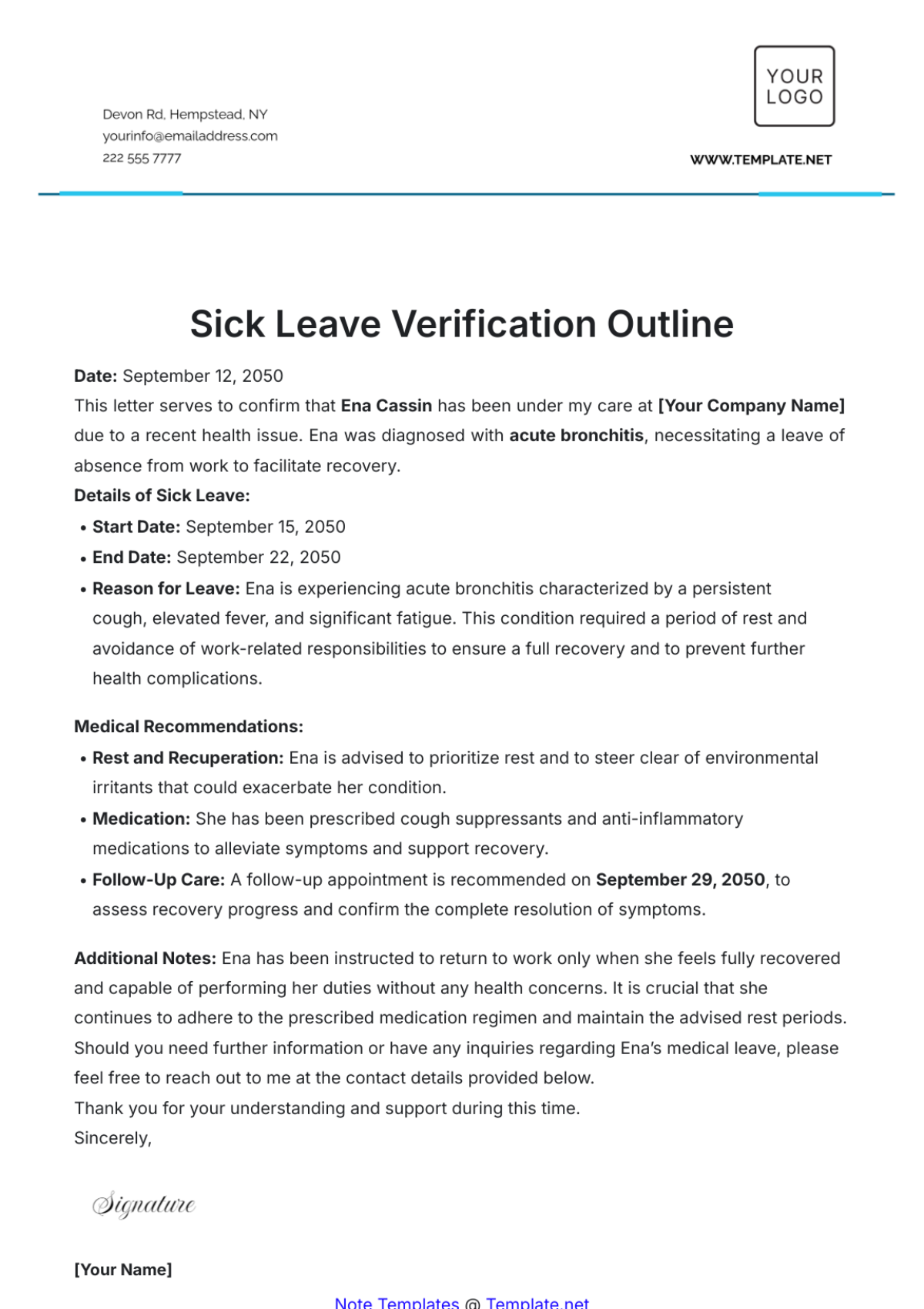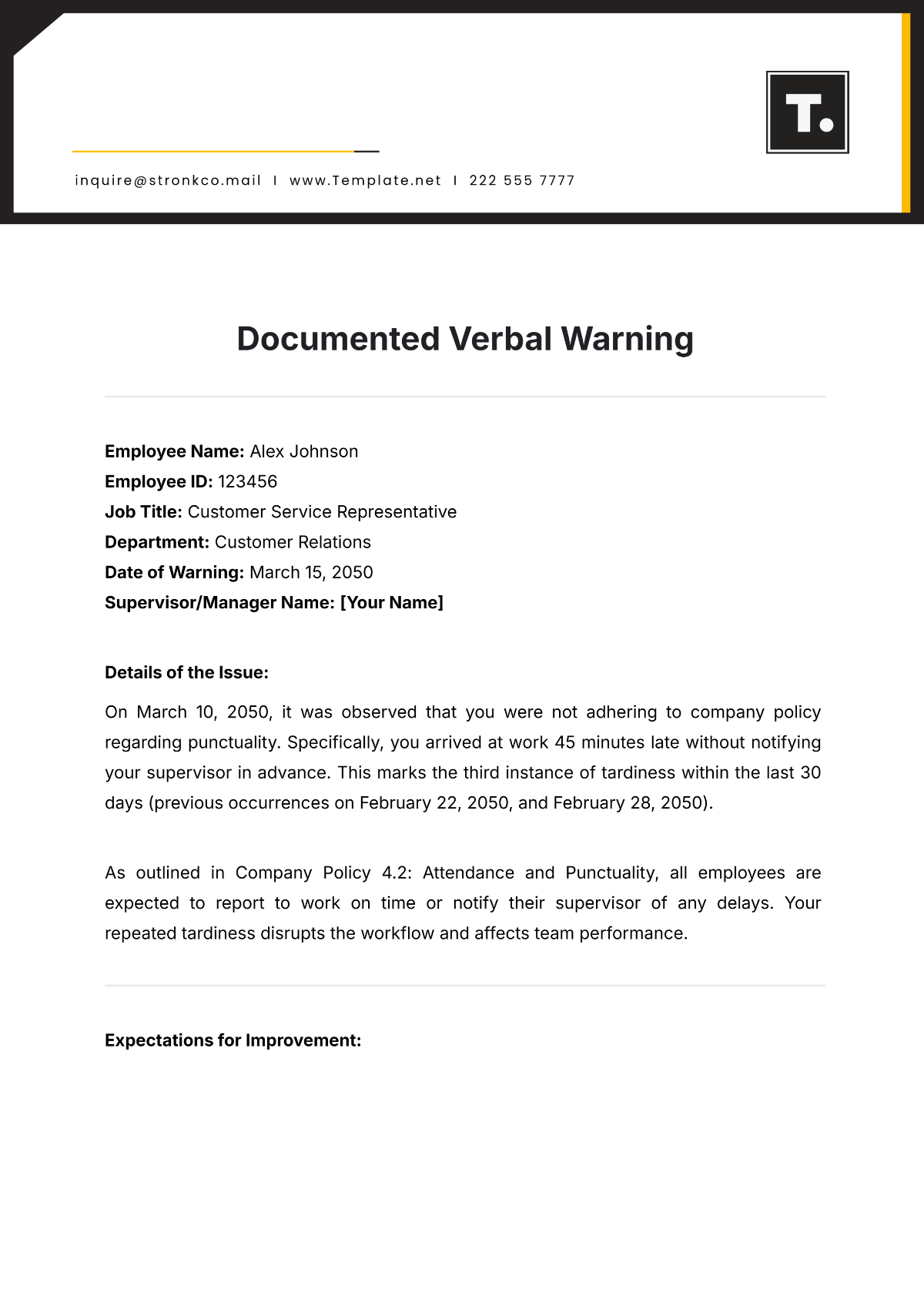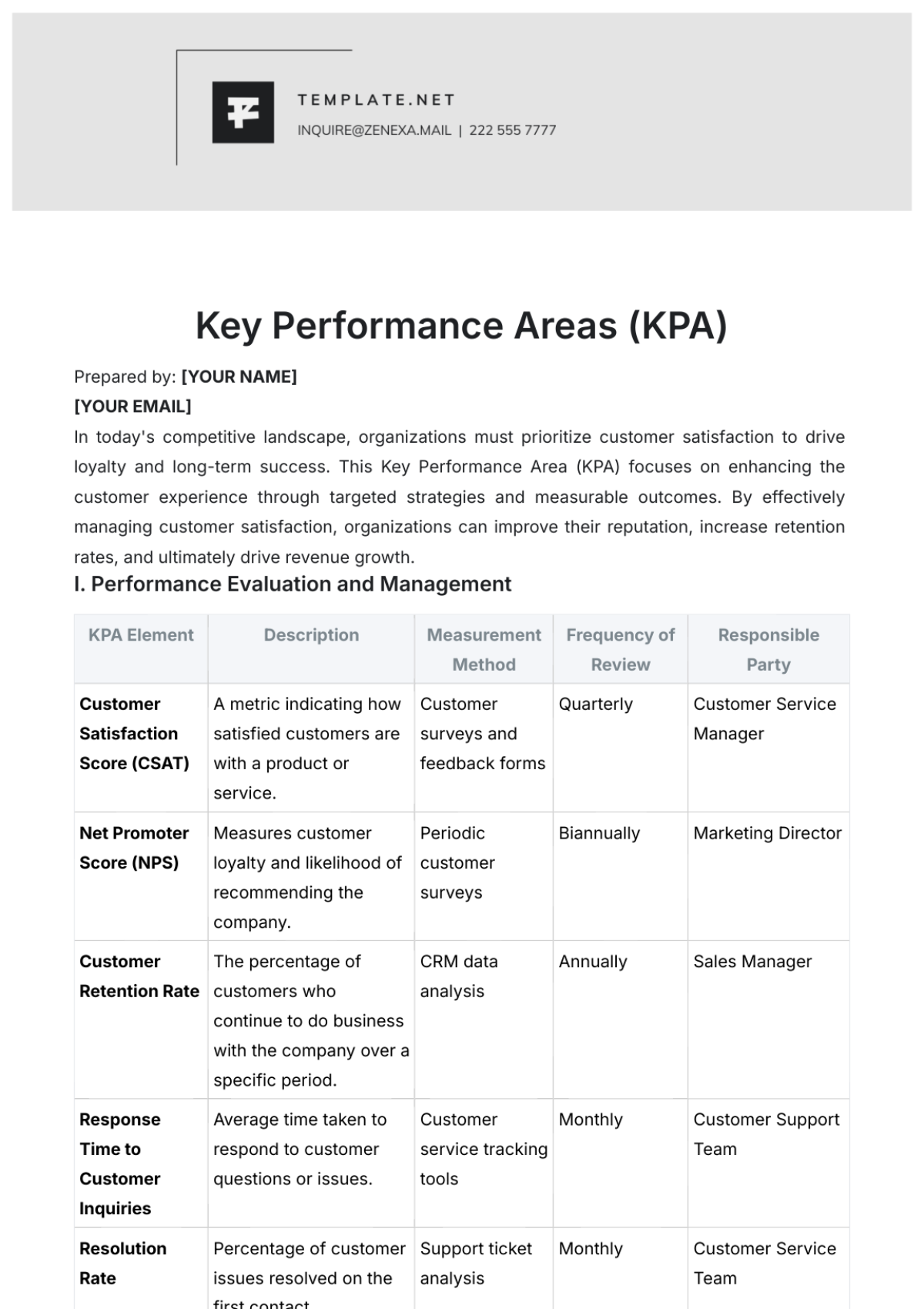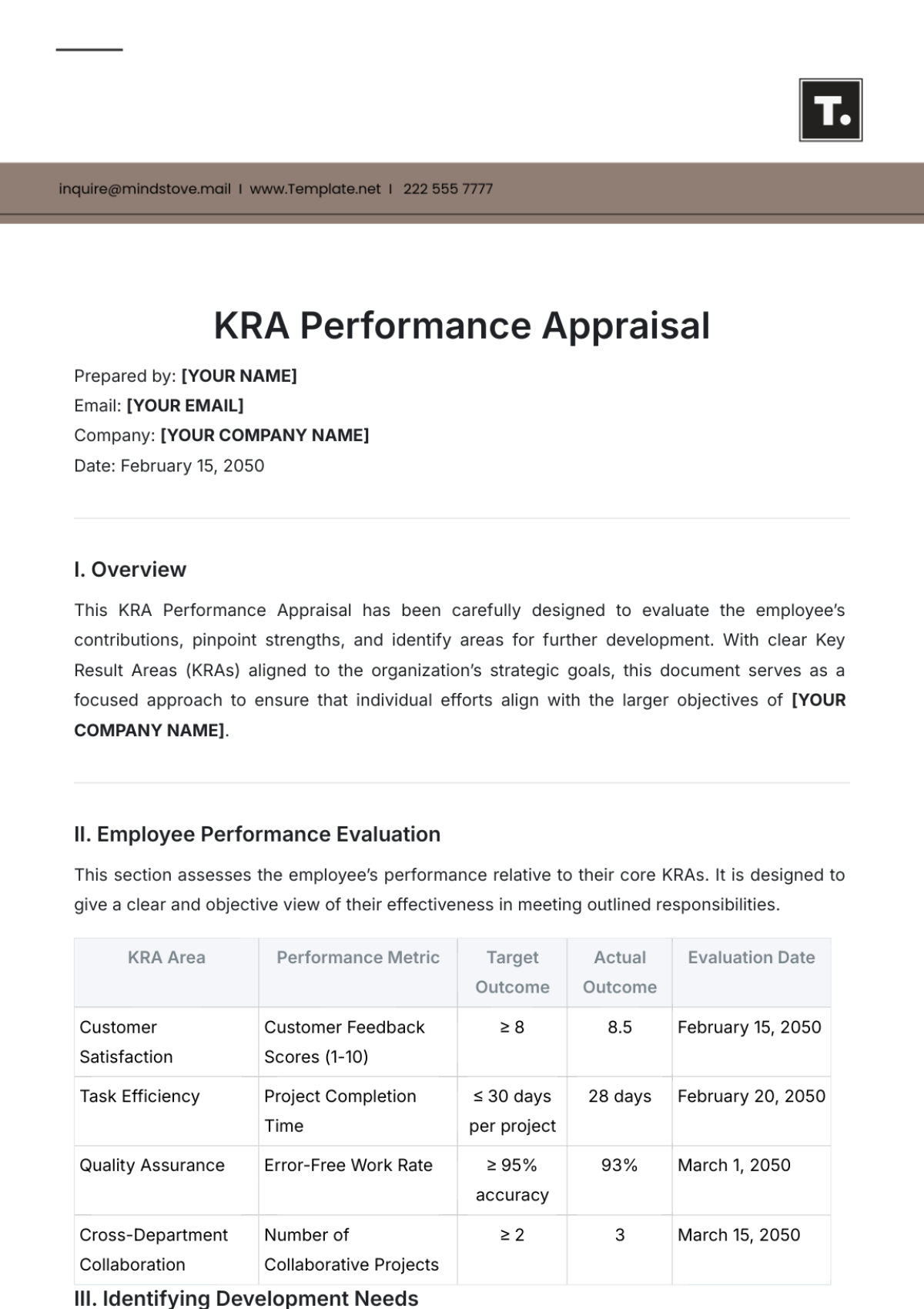Full-scale Safety Training Curriculum HR
Introduction to Safety Training
Safety, undeniably a cornerstone of a productive workplace, is not just about the physical environment but also about the knowledge and practices adopted by its occupants. As we advance in an era where work environments are becoming increasingly complex, the importance of robust safety training cannot be overstated. This introduction is designed to lay the foundation for understanding the depth, importance, and legal implications of our Full-scale Safety Training Curriculum.
Purpose and Objectives of the Curriculum
Objective: This section aims to provide an overview of the Full-scale Safety Training Curriculum and its significance in fostering a safe workplace environment.
Details: A study by the National Safety Council found that workplaces that invest in safety training observe up to a 40% reduction in accident rates. This underscores the importance of a structured safety curriculum like ours. Beyond just compliance, it aims to imbue each employee with a keen awareness of potential hazards and the skills to navigate them. By prioritizing safety, we not only shield our workforce from harm but also pave the way for enhanced productivity and morale. The objectives are multifaceted: fostering a proactive safety culture, cutting down on injury-related costs, and ensuring strict adherence to safety norms and regulations.
Importance of Safety Training in the Workplace
Objective: To emphasize the critical role of safety training in ensuring the well-being of employees and the organization's overall success.
Details: Safety training transcends the confines of mere protocol or regulation. It is, in essence, an investment. A case study from a leading manufacturing firm revealed that for every dollar spent on safety training, they saved $4 in costs related to injuries and lost work hours. This translates to improved employee morale, reduced absenteeism, and an elevated company reputation. In an age where brand image is pivotal, maintaining a record of safety excellence can give organizations a competitive edge.
Legal and Regulatory Compliance
Objective: To ensure that HR professionals understand the legal and regulatory framework that underpins safety training.
Details: The legal landscape surrounding workplace safety is both vast and intricate. At the forefront is the Occupational Safety and Health Administration (OSHA), which sets and enforces standards to ensure safe working conditions. Non-compliance can result not just in hefty penalties but also legal consequences that can be detrimental to the company's operations and reputation. In the last fiscal year, OSHA reported levying over $300 million in penalties for safety violations. Our curriculum thus emphasizes not only the moral imperative of safety but also its legal mandate, ensuring our organization remains ahead of compliance and champions a culture of safety.
II. Safety Training Modules
Navigating the myriad challenges of workplace safety demands a strategic approach. Our safety training modules offer a structured pathway, educating employees on vital safety principles, from recognizing hazards to fire safety. These modules are more than mere informational sessions—they're immersive experiences designed to equip our workforce with practical skills. Let's delve deeper into the content and methodology of each module.
Module 1: Hazard Recognition and Assessment
Recognizing a hazard is the primary step in ensuring workplace safety. Module 1 is not just about identifying these hazards but also comprehending their potential implications. It is tailored to offer a holistic view of the environment, urging participants to always be vigilant. Real-life incidents, dissected as case studies, will provide participants insights into the often overlooked hazards and consequences of neglecting them.
Module 2: Emergency Response and Evacuation
Every second counts in an emergency. This module underscores the urgency and precision required during emergencies. Module 2 is about building that reflex among our employees, ensuring that when the alarm sounds, there's a harmonious and well-understood response that maximizes safety and minimizes risks. Emphasizing the "practice makes perfect" adage, the module's drills will challenge participants, ensuring they are well-equipped for diverse emergency situations.
Module 3: Personal Protective Equipment (PPE)
Protection often lies in the details—the safety gear we don and the discipline with which we use and maintain it. Module 3 is an exploration into the world of PPE. It emphasizes the fact that while equipment serves as a barrier, the correct usage and maintenance are the true champions of safety. Participants will engage in hands-on sessions, examining and utilizing various PPE, ensuring they are adept at maximizing their protective capabilities.
Module 4: Chemical Safety and Hazard Communication
Chemicals, often silently residing in workplaces, can present potent hazards. Module 4 delves into this silent world, enabling employees to decode the language of chemicals. From understanding the nuances in labeling to the dense data in SDSs, this module will turn employees into informed users, capable of making safety-conscious decisions in environments where chemicals play a role.
Module 5: Fire Safety and Fire Prevention
Fire—one of the most primal threats to safety—demands respect, understanding, and preparation. Module 5 is a comprehensive guide on the A to Z of fire safety. From recognizing fire hazards to mastering the technique of using fire extinguishers, this module offers a 360-degree view of fire-related safety. The fire drills and simulations will be as close to real-life scenarios as possible, ensuring when faced with an actual fire, panic is replaced by precision in response.
III. Training Delivery and Methods
A successful safety training program isn't just about content; it's also about how the material is delivered to the participants. The method chosen can significantly influence how well the information is absorbed, understood, and later applied in real-world situations. Our multifaceted approach to training combines the benefits of direct instruction, digital learning, and practical exercises to create a comprehensive and immersive learning experience for all participants.
Safety Training Timeline
Month | Type of Training |
|---|---|
January | Initial Training, Refresher Courses |
February | Skill Evaluations |
Instructor-Led Training
There's a unique value in face-to-face interaction between a knowledgeable instructor and a keen learner. Instructor-led training capitalizes on this dynamic. Classroom sessions serve as the bedrock of our training program, where employees have the chance to grasp theoretical concepts. Here, the emphasis is on interaction, encouraging participants to raise questions, discuss experiences, and clarify doubts in real-time. Complementing these sessions are the practical demonstrations. Observing safety procedures firsthand imprints a lasting impression on the learners. Moreover, role-playing exercises further provide an avenue for employees to immerse themselves in hypothetical safety scenarios. These act as safe environments to test reactions, hone decision-making skills, and foster team collaboration.
E-Learning and Online Resources
With the digital revolution reshaping education, our curriculum harnesses the power of e-learning to provide a seamless and convenient training experience. Our Learning Management System (LMS) serves as a central hub for all digital content. The e-modules are tailored to meet the diverse learning styles of our employees, allowing them to revisit, rewind, and review as they wish. Interactivity remains at the forefront, with quizzes challenging participants to test their grasp of concepts, and video demonstrations offering a visual treat of best practices in action. This digital mode not only caters to remote employees but also suits those who prefer a self-paced learning environment.
Hands-on Training
Theory is the foundation, but practice solidifies knowledge. Recognizing this, our curriculum emphasizes hands-on training. This is where the rubber meets the road—where employees transition from passive learners to active participants. Using state-of-the-art simulation equipment and real-life drills, they get a taste of real-world challenges. These sessions serve as a sandbox, allowing mistakes, recalibrations, and learning, all in a controlled environment. Such experiential learning ingrains safety protocols deep into their muscle memory, ensuring that when faced with a real-world emergency, their reactions are swift, accurate, and effective.
IV. Assessment and Certification
Ensuring a safe work environment requires more than just imparting knowledge; it necessitates a rigorous validation process to verify the internalization and practical application of that knowledge. Our assessment and certification protocol is devised with this dual goal in mind. It not only gauges the learners' comprehension but also their readiness to integrate safety principles into their daily roles. This section outlines the process and significance of these assessments and the eventual certification, underscoring their role in reinforcing a safety culture.
Knowledge Assessments
The adage "What gets measured, gets managed" holds particularly true for training programs. Through knowledge assessments, we gauge the effectiveness of our instruction, pinpointing areas of clarity and those that need reinforcement. These assessments are not merely routine tests. They encompass both theoretical quizzes and practical evaluations that mirror real-world situations, challenging participants to showcase their mastery of the content. While written examinations test retention and understanding of the core concepts, practical evaluations serve as a litmus test for their ability to apply this knowledge under pressure. This combined approach ensures that when faced with actual safety dilemmas, participants are not just theoretically adept but also practically proficient.
Certification
Certifications serve a dual purpose. For the organization, they signify a workforce equipped with the necessary safety knowledge, ready to uphold the highest standards of operational safety. For the individual, it’s a badge of honor—a tangible representation of their dedication, expertise, and readiness. But this certification isn’t just a document; it is a commitment. A commitment from the employee to uphold the safety protocols they've learned and a commitment from the organization, to recognize their competency. Furthermore, in an age where professional development is paramount, these certifications augment the employees' portfolios, showcasing their dedication not just to their personal growth but to the holistic well-being of their workplace community.
Risk Assessment Matrix
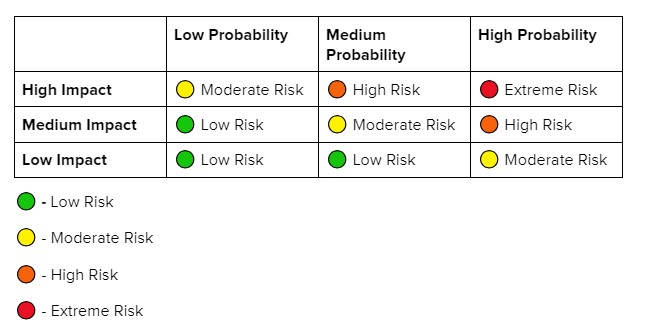
V. Continuous Improvement and Evaluation
In the realm of workplace safety, resting on laurels is not an option. The dynamic nature of work environments and emerging challenges necessitates a training curriculum that evolves in tandem. Our commitment to continuous improvement and evaluation isn't merely a strategic choice—it's an imperative. This section delves into our proactive approach, detailing the mechanisms in place that facilitate not just the monitoring of our training efficacy but also its timely evolution, ensuring our workforce is always a step ahead in safety preparedness.
Feedback Mechanism
In shaping a curriculum that resonates and is relevant, the voice of the participant is invaluable. We don’t see our curriculum as a monologue but as a dialogue—an ongoing conversation with our employees. Our feedback mechanisms, comprising surveys and incident reporting channels, aren’t mere data collection tools. They're a bridge, connecting trainers with trainees, and helping identify potential gaps, misconceptions, or areas that might benefit from deeper exploration. This two-way communication ensures that the training isn't just top-down but is shaped by the experiences and insights of those on the ground, ensuring its practicality and relevance.
Program Evaluation
Complacency has no place in a safety training curriculum. As the work landscape evolves, so do the challenges and risks associated with it. Recognizing this, our curriculum undergoes rigorous periodic evaluations. This is not a cursory review, but a deep dive, aimed at gauging the training's pulse—its strengths, potential blind spots, and areas ripe for enhancement. By aligning our curriculum with the latest safety standards, research findings, and best practices, we ensure that our employees are not only versed in current safety protocols but are also primed for the challenges of tomorrow. In essence, our program evaluation is a pledge—a commitment to the continuous growth and betterment of our safety training, and by extension, our organizational safety culture.
Program Evaluation Timeline
Month | Milestone | Activity |
|---|---|---|
January | Curriculum Review | Analyze feedback from the previous year. Begin review of training materials for relevance and accuracy. |
February | Review Meeting | Gather key stakeholders to discuss potential curriculum changes. |

